This residency was took under as collaboration between Madhumita Nandi and Zeren Oruc, as part of the curatorial collective of a long term initiative ‘Listening to the Land’ is bringing together individual research and interests to continue to bring forward the narratives and stories of resistance while emphasizing the regenerative role of the land. Through our collaborative efforts, we cultivate a mutual learning platform that surfaces submerged perspectives and facilitates transnational connections.
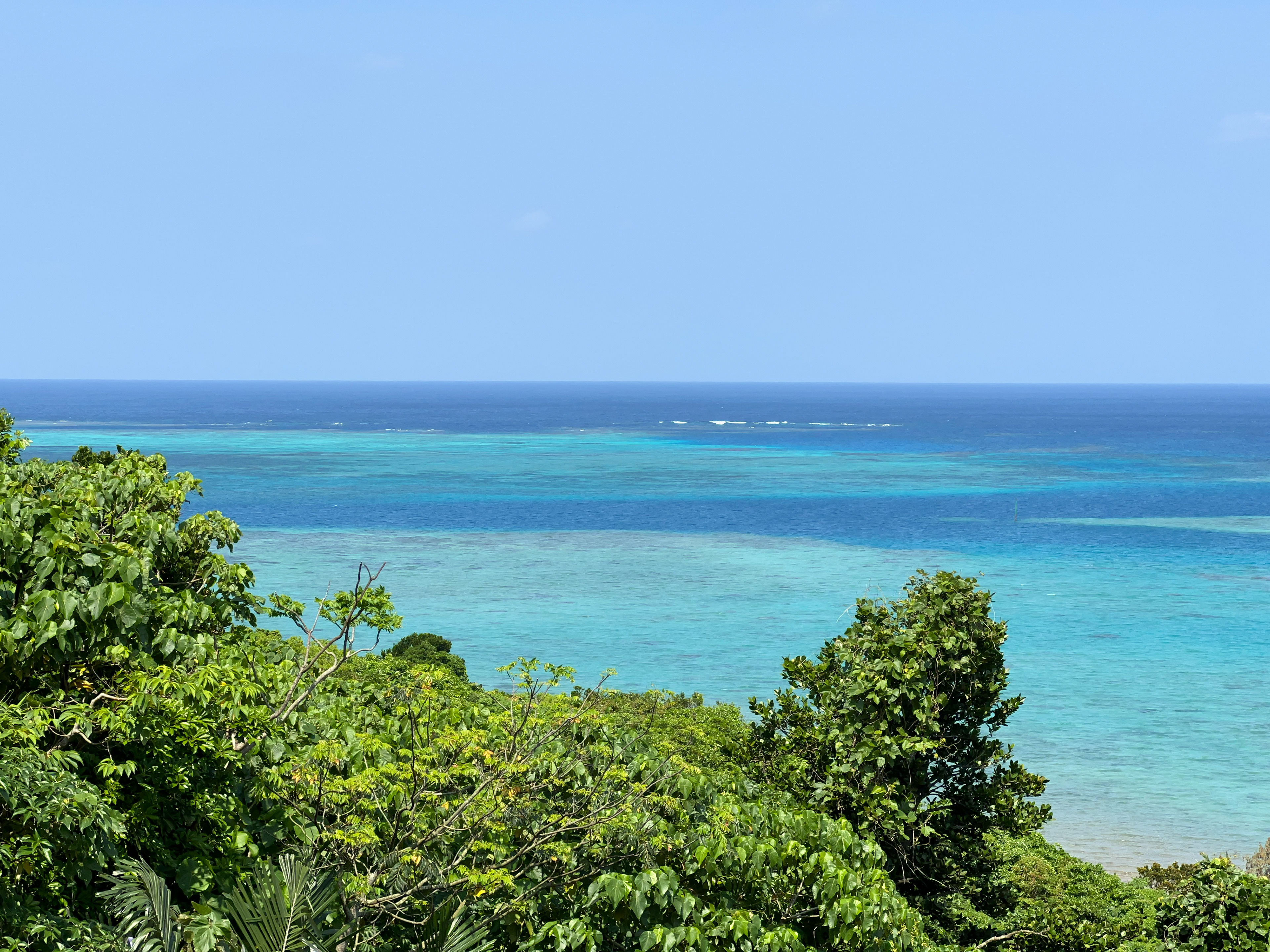
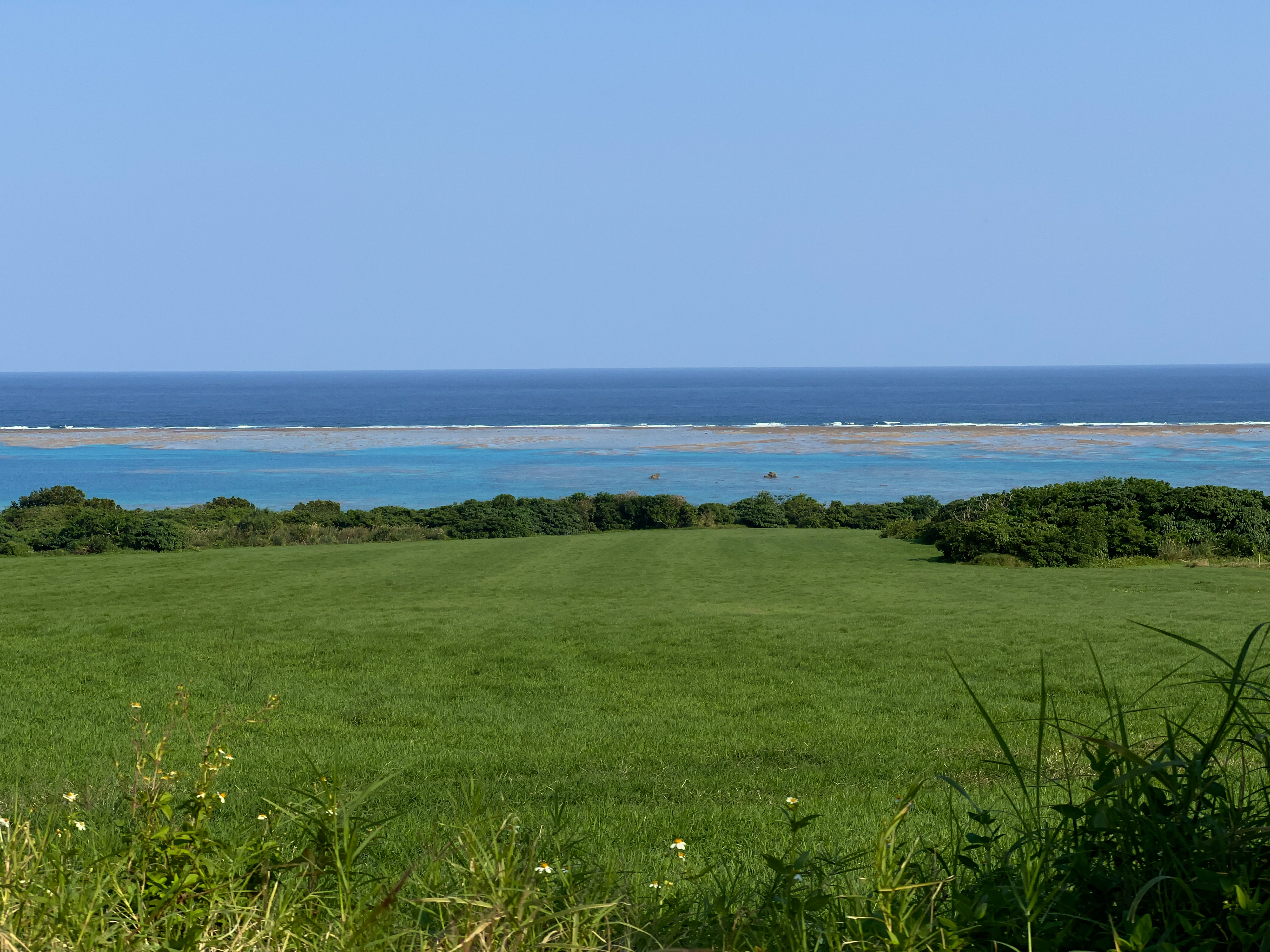
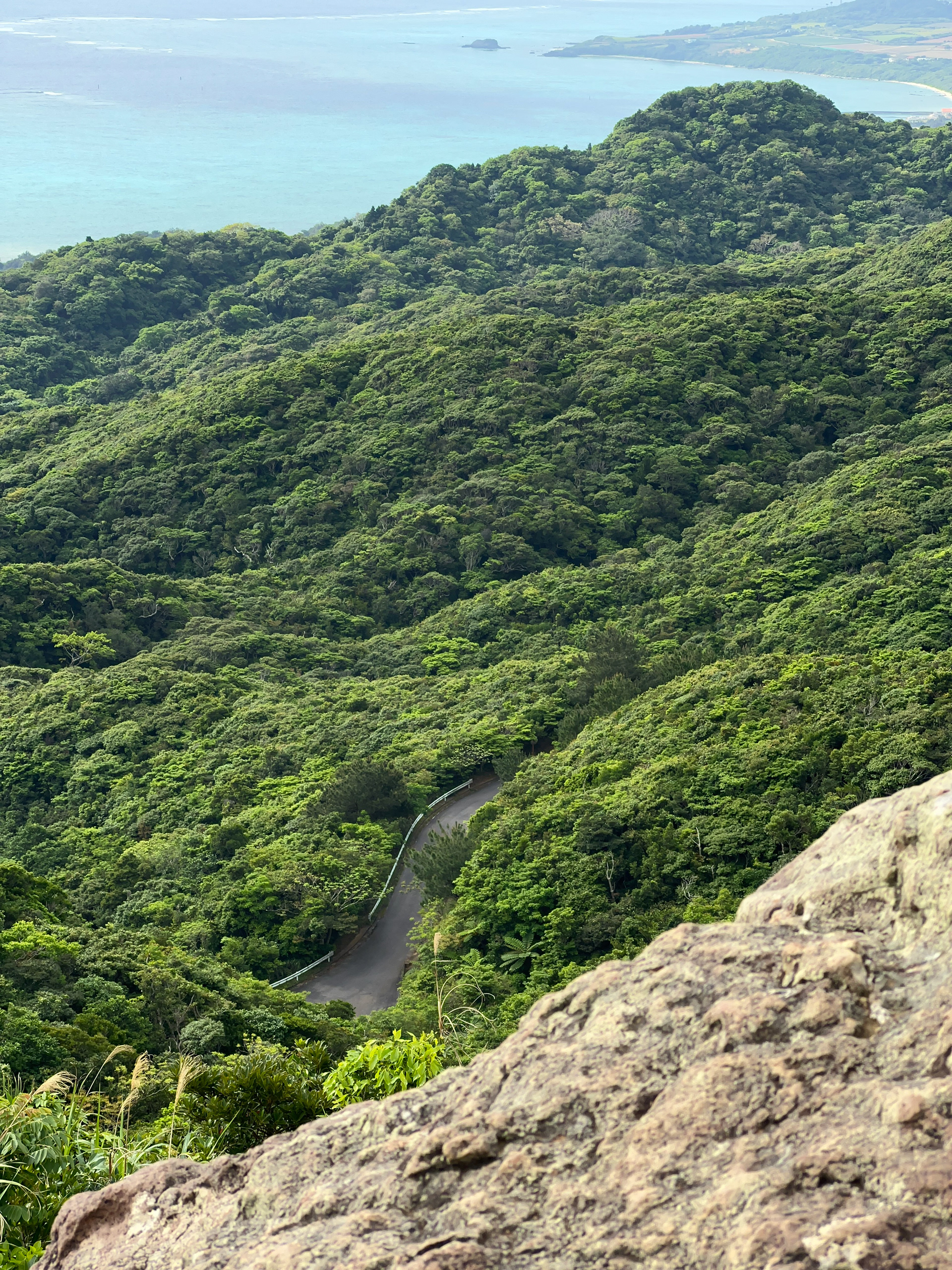
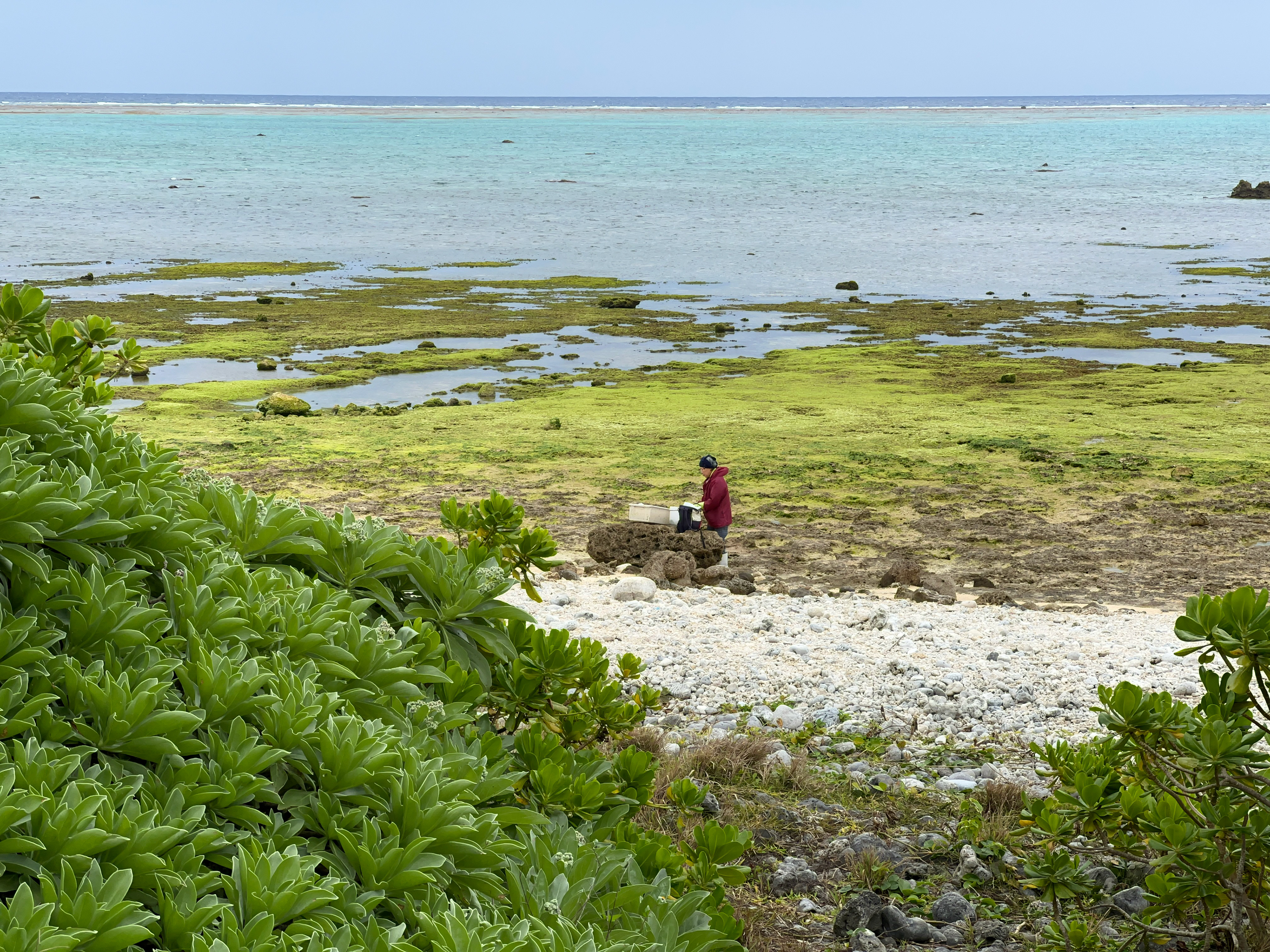
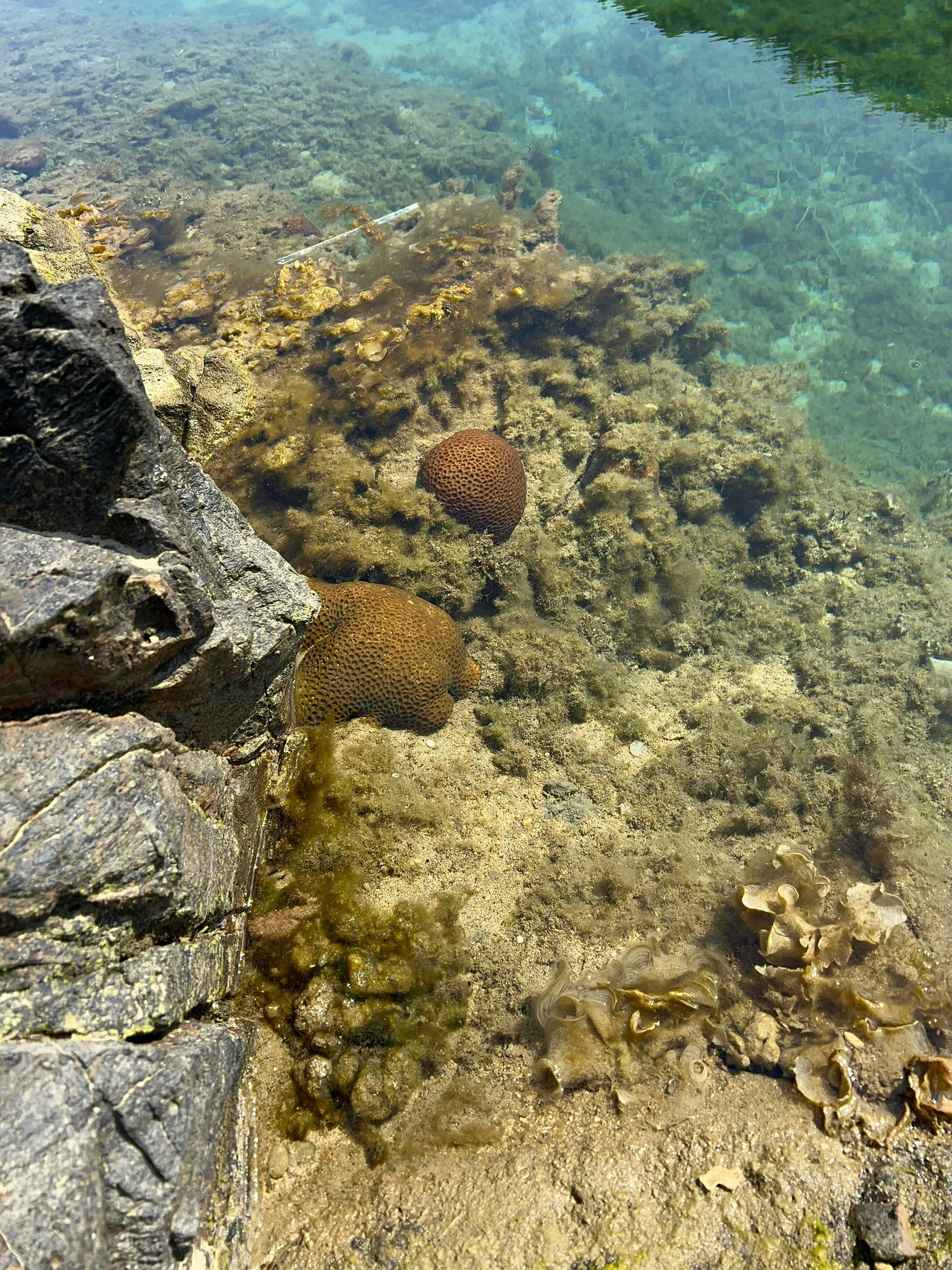
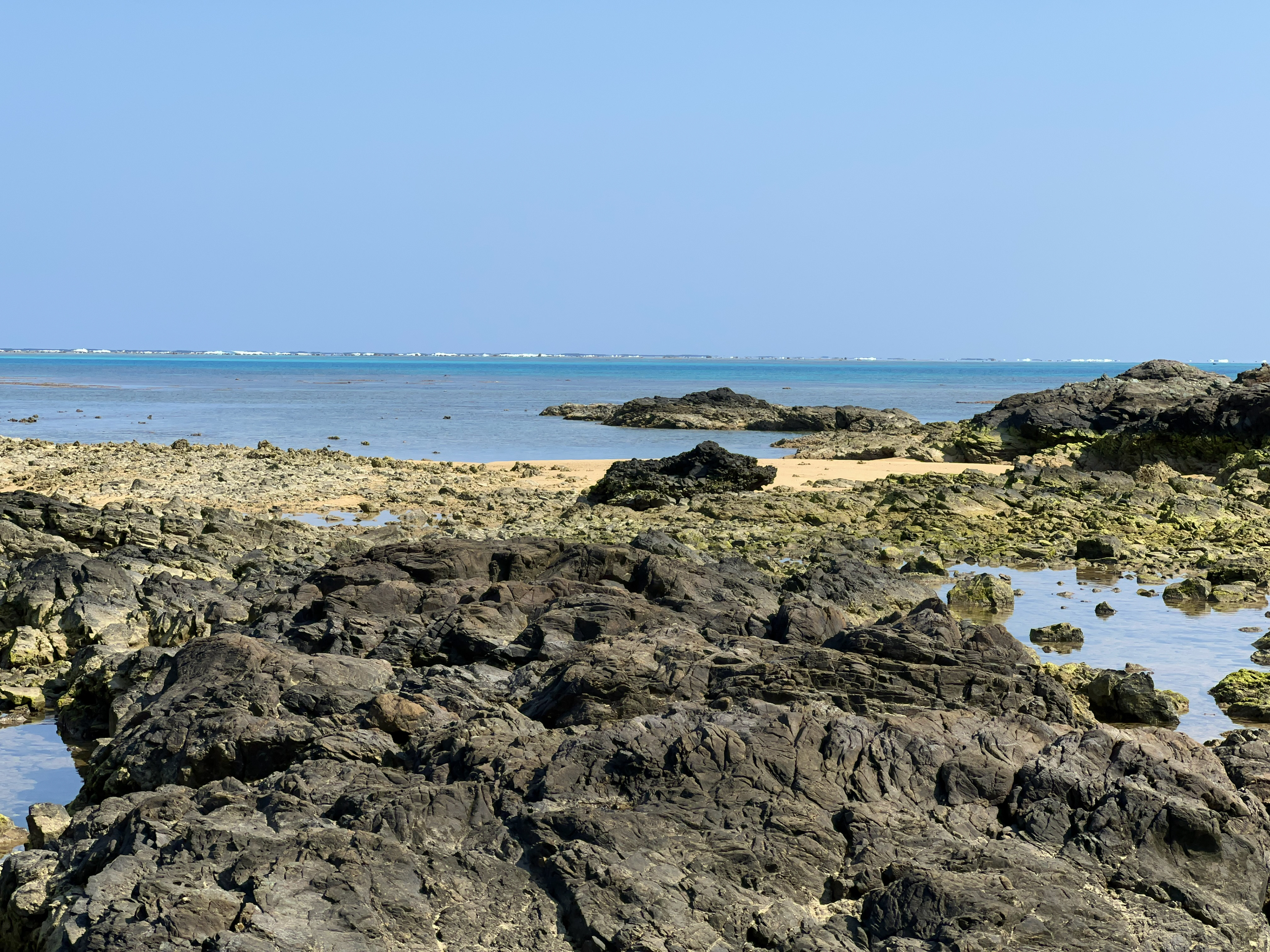
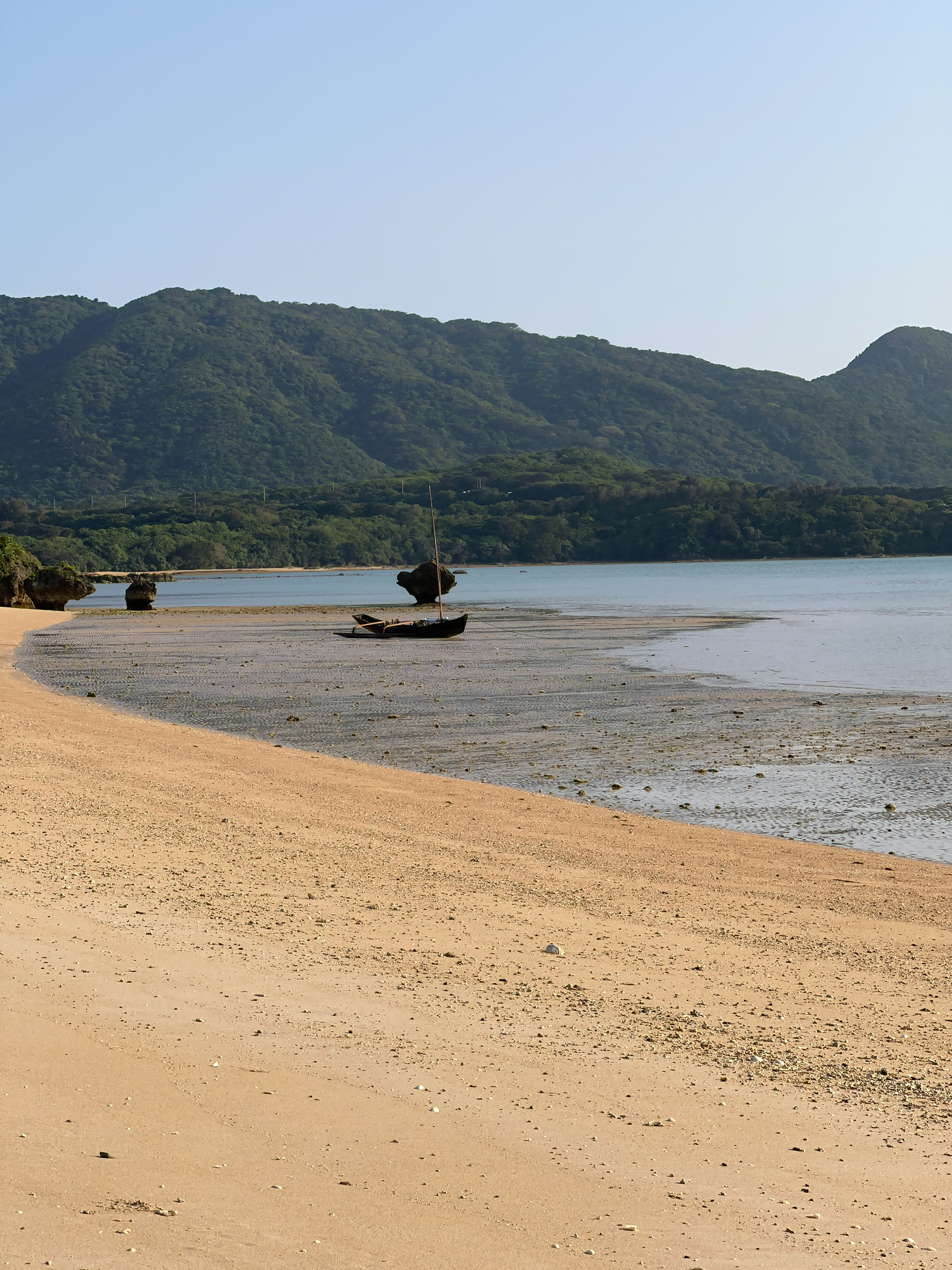
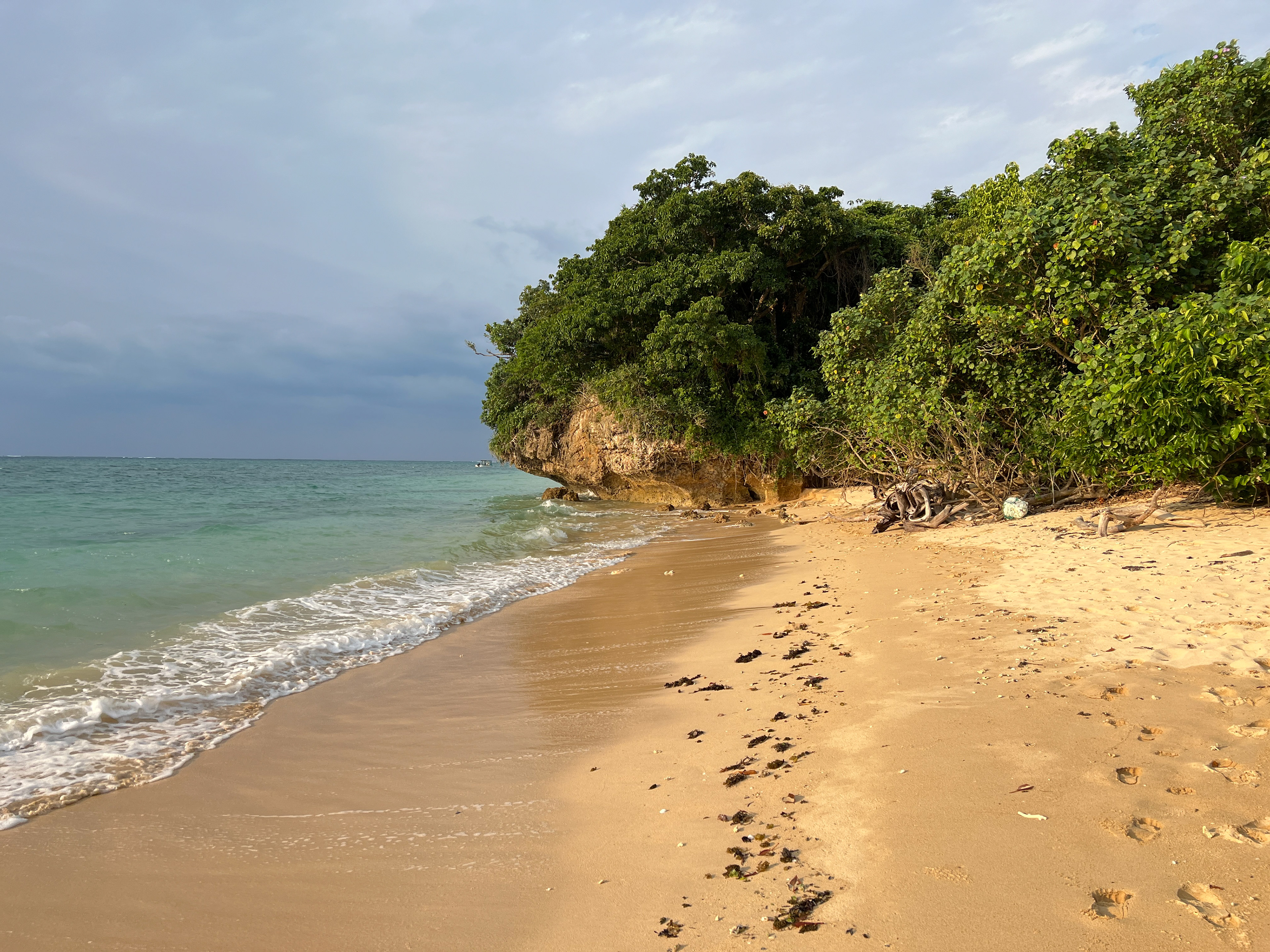
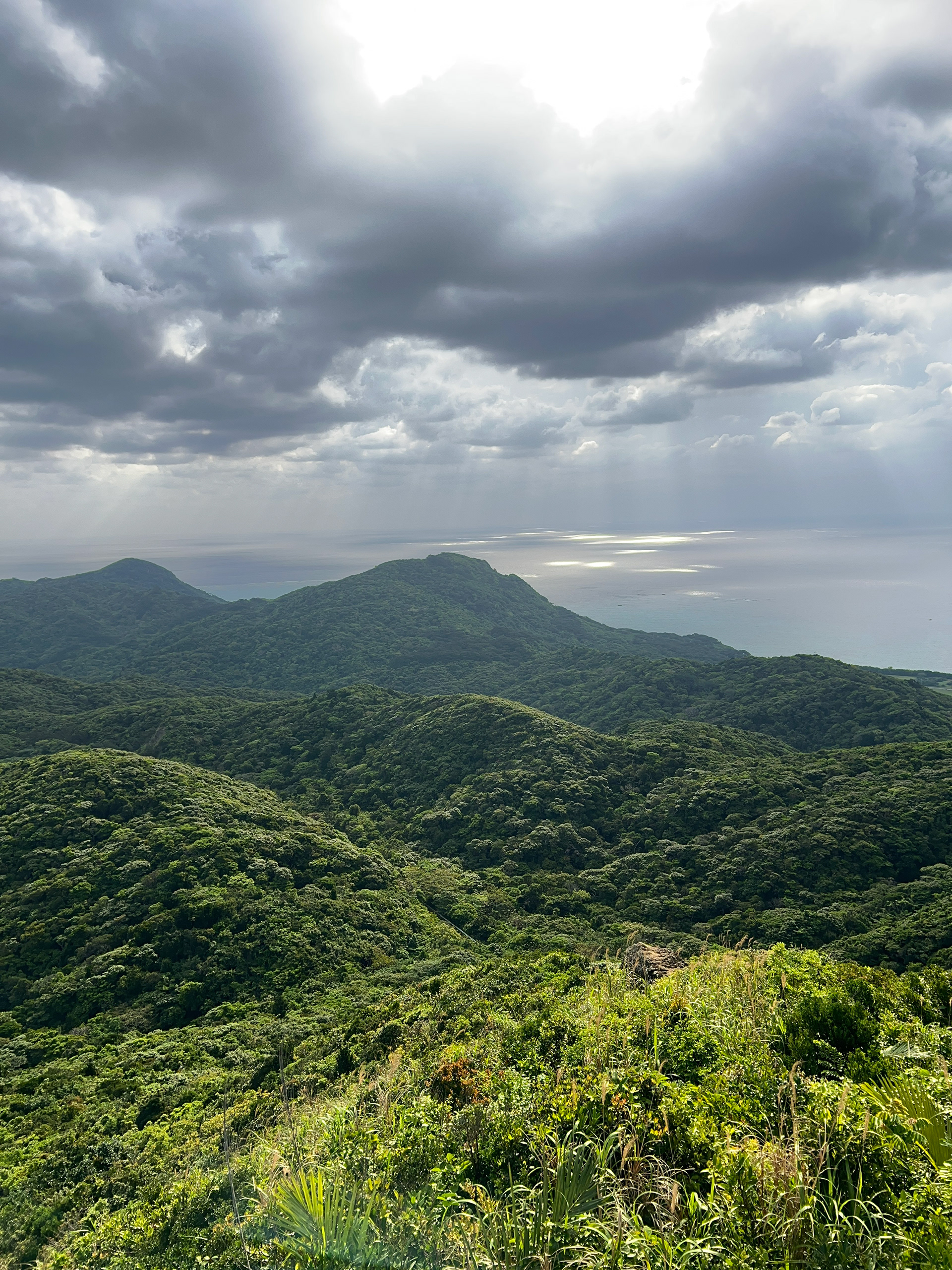
Ishigaki Landscape. Photos by Zeren Oruc
MA UMI Residency provided an opportunity to connect with the community of Ishigaki Island and gain a deeper understanding of their relationship to the land and their sustainable practices. Over the course of two weeks, we engaged with a diverse range of individuals, including fishermen, regenerative farmers tending to the earth, farm-to-table and sea-to-table practitioners, local food producers, and seaweed farmers. We connected with recent arrivals drawn to the island by the fertile promise of land and sea, who, along with artisans crafting with plant-based textiles, shared their insights on weaving sustainable practices into their artistry. Conversations with local historians, activists, and community organisers opened windows into the social and cultural movements shaping the island’s journey toward sustainability and resilience. The grandmothers' songs of protest and memories of the land brought to light the enduring changes, struggles, and resilience that persist.
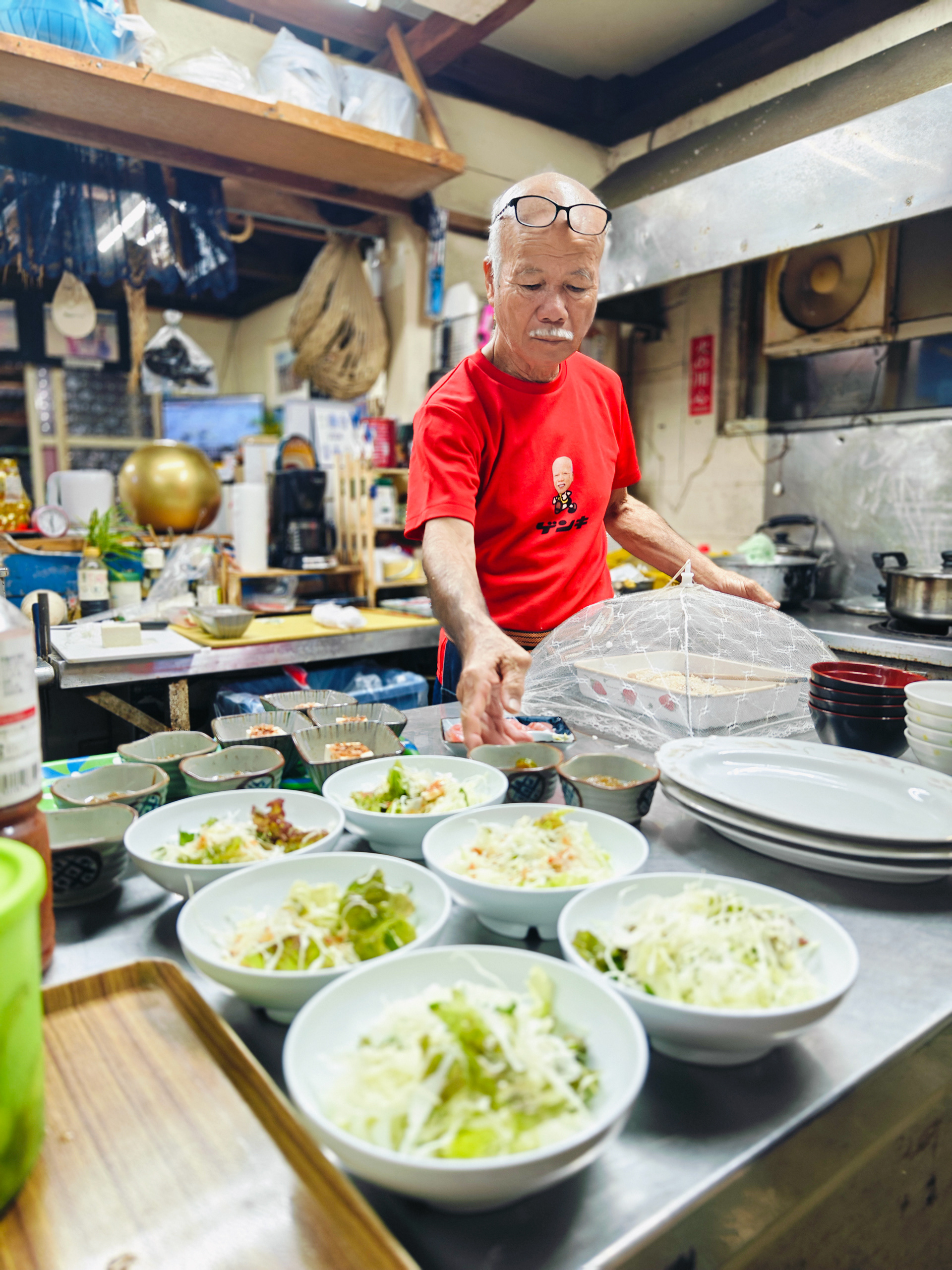
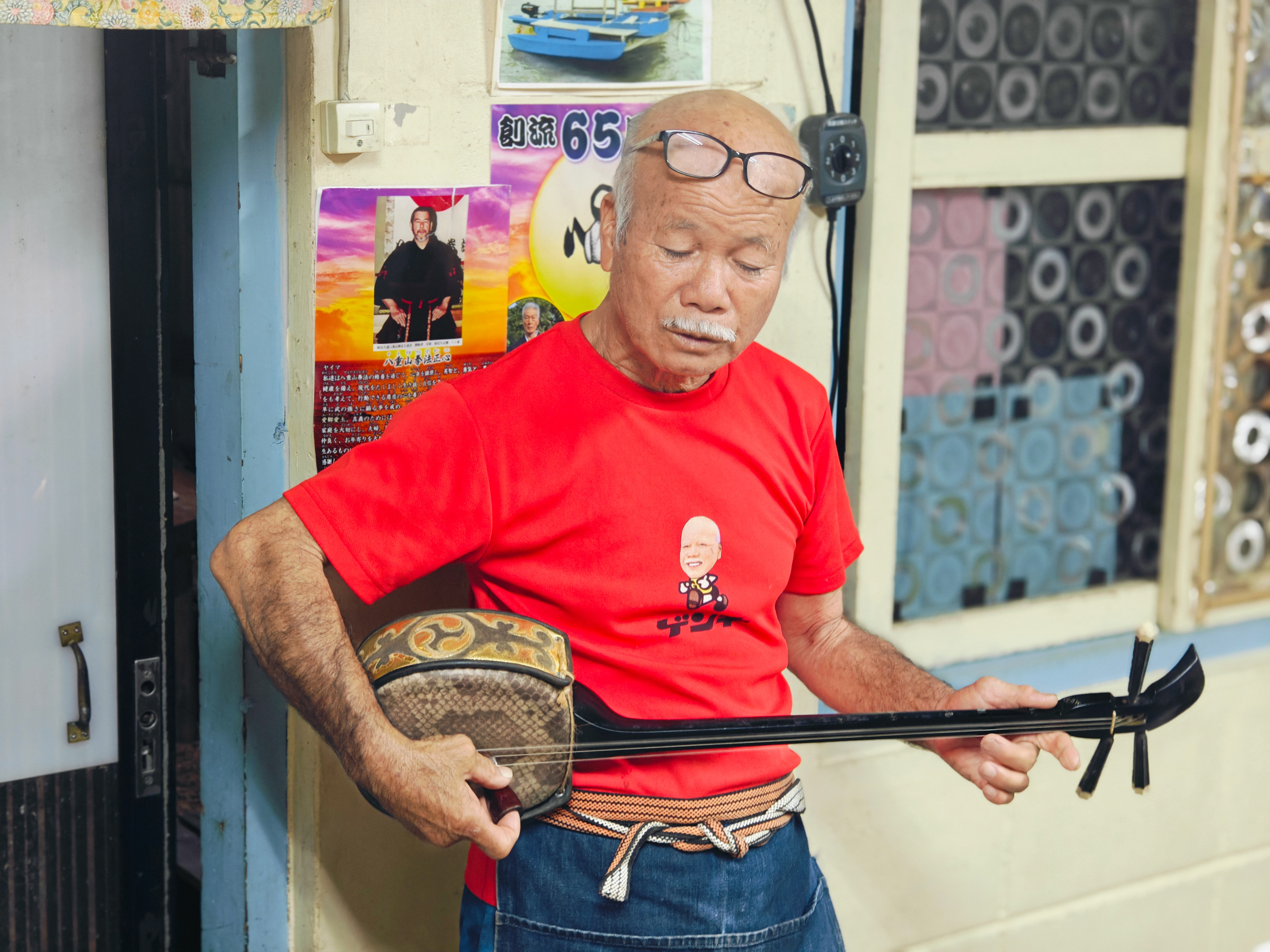
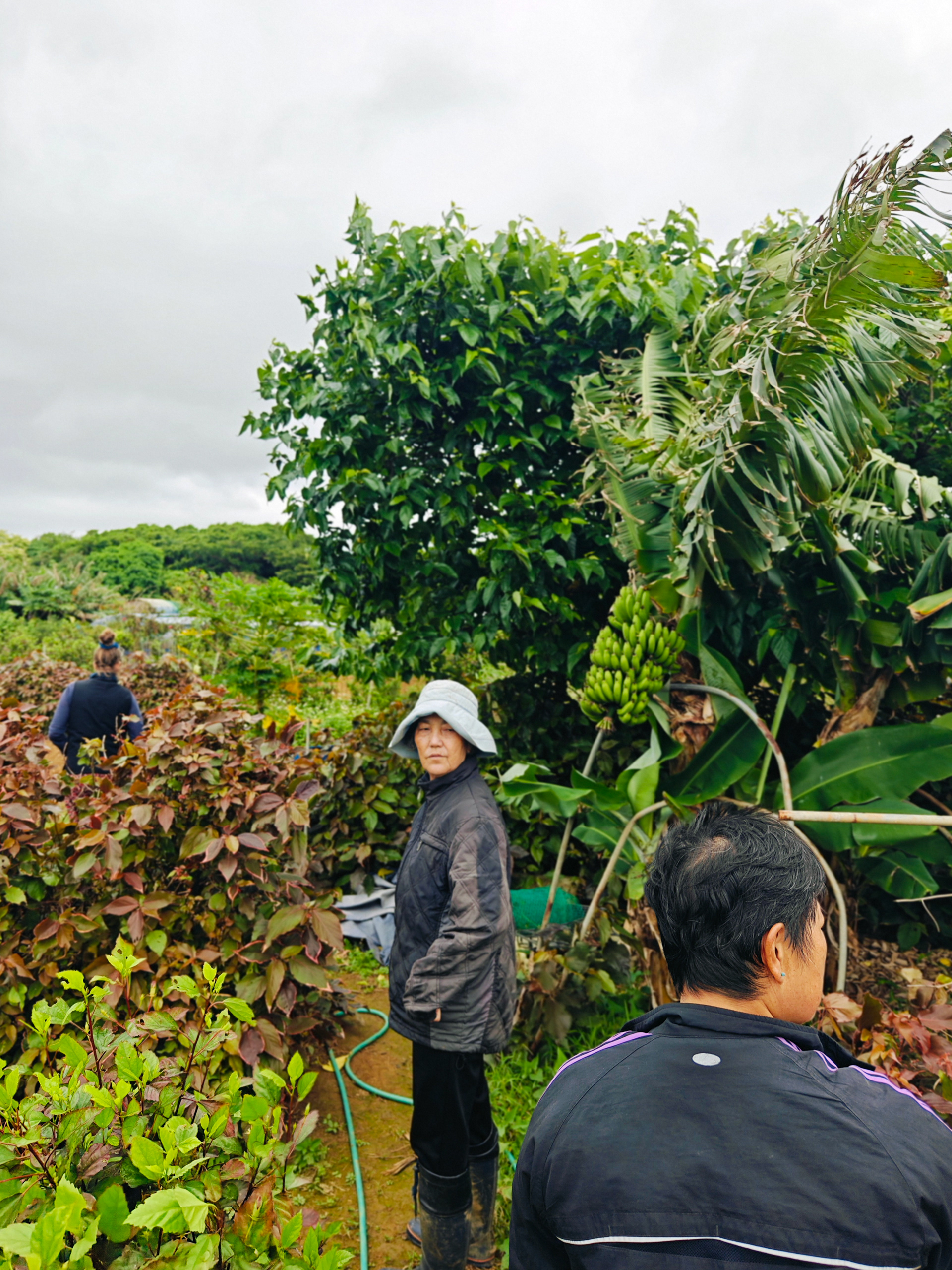
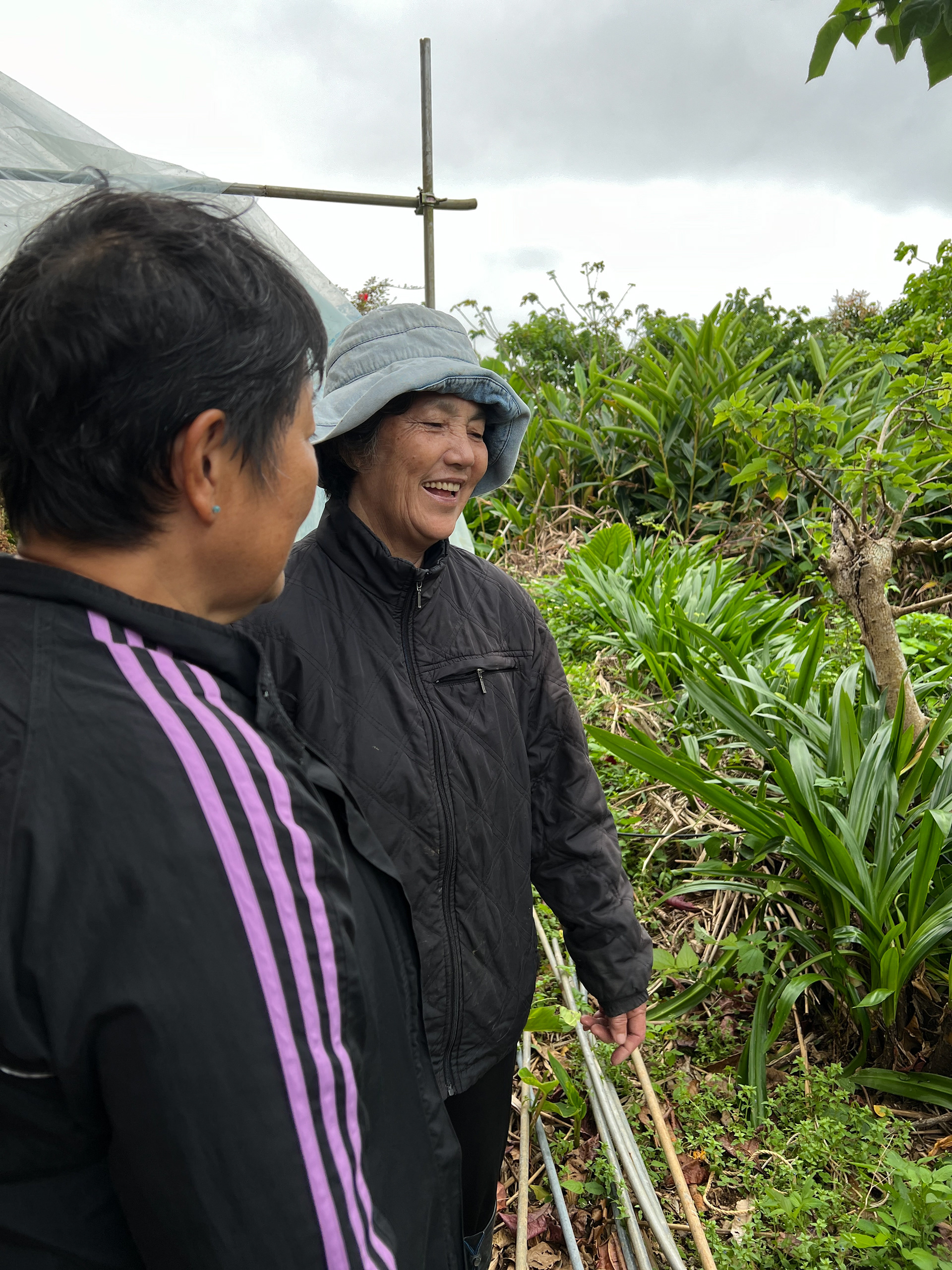
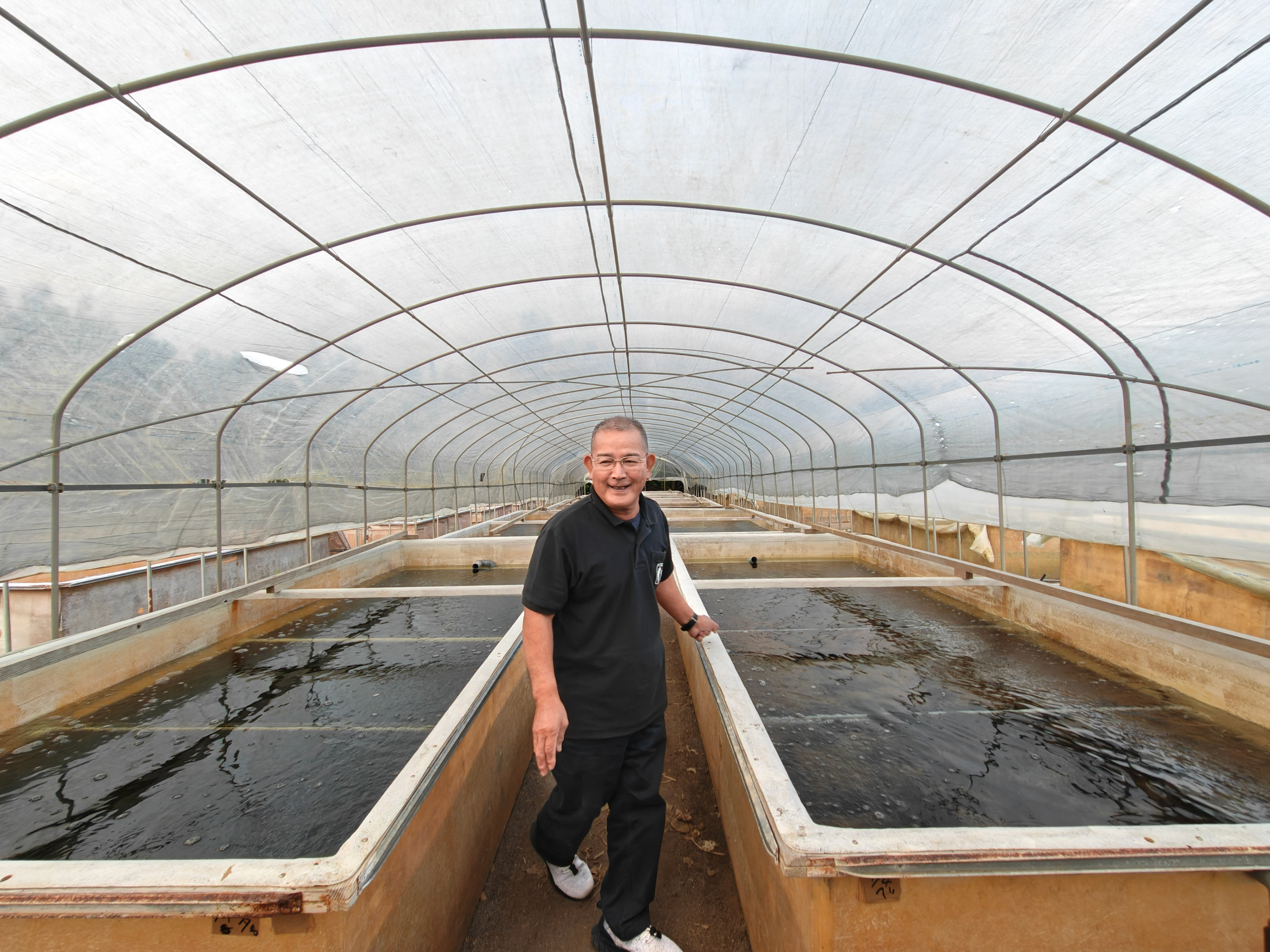
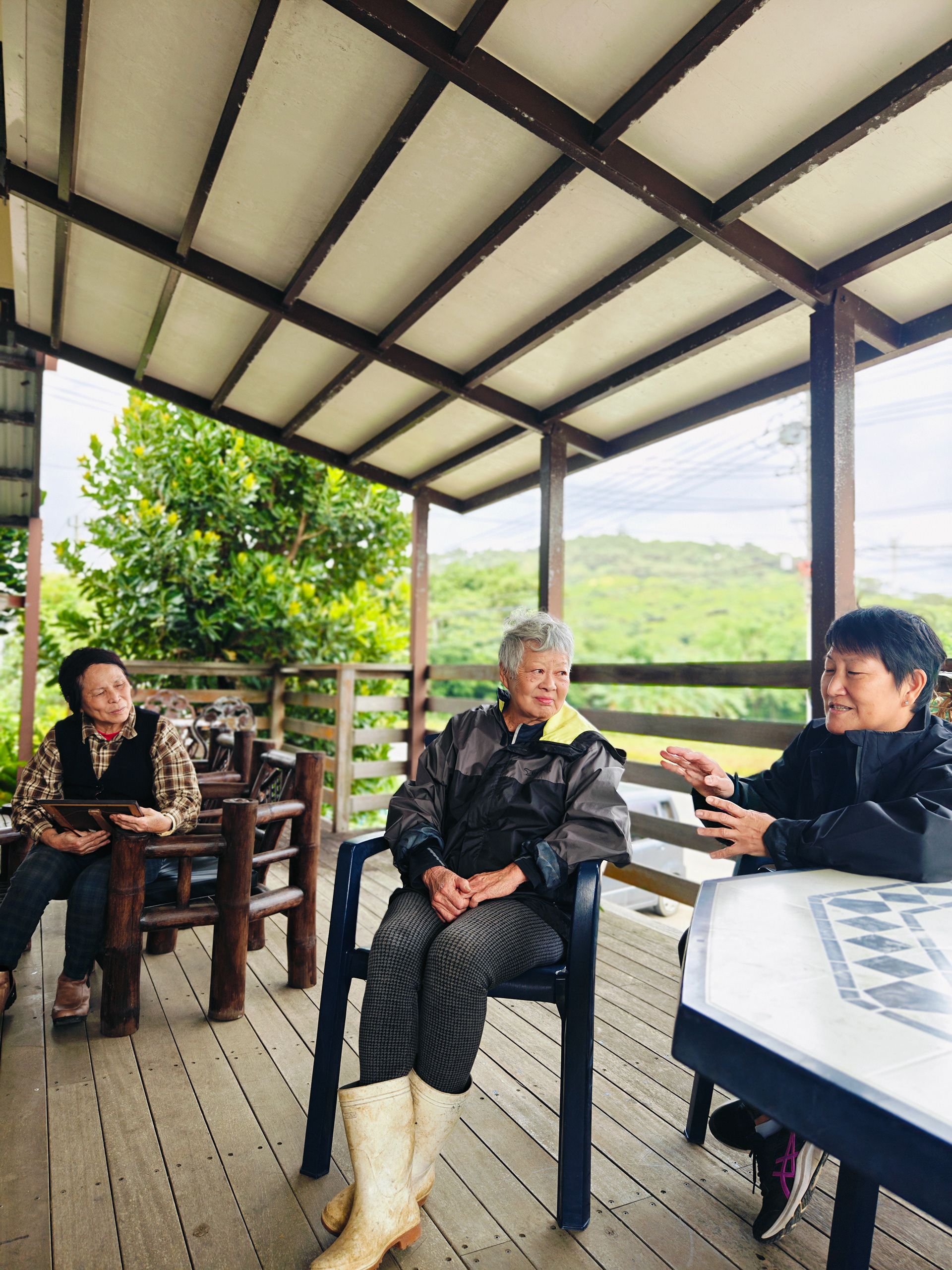
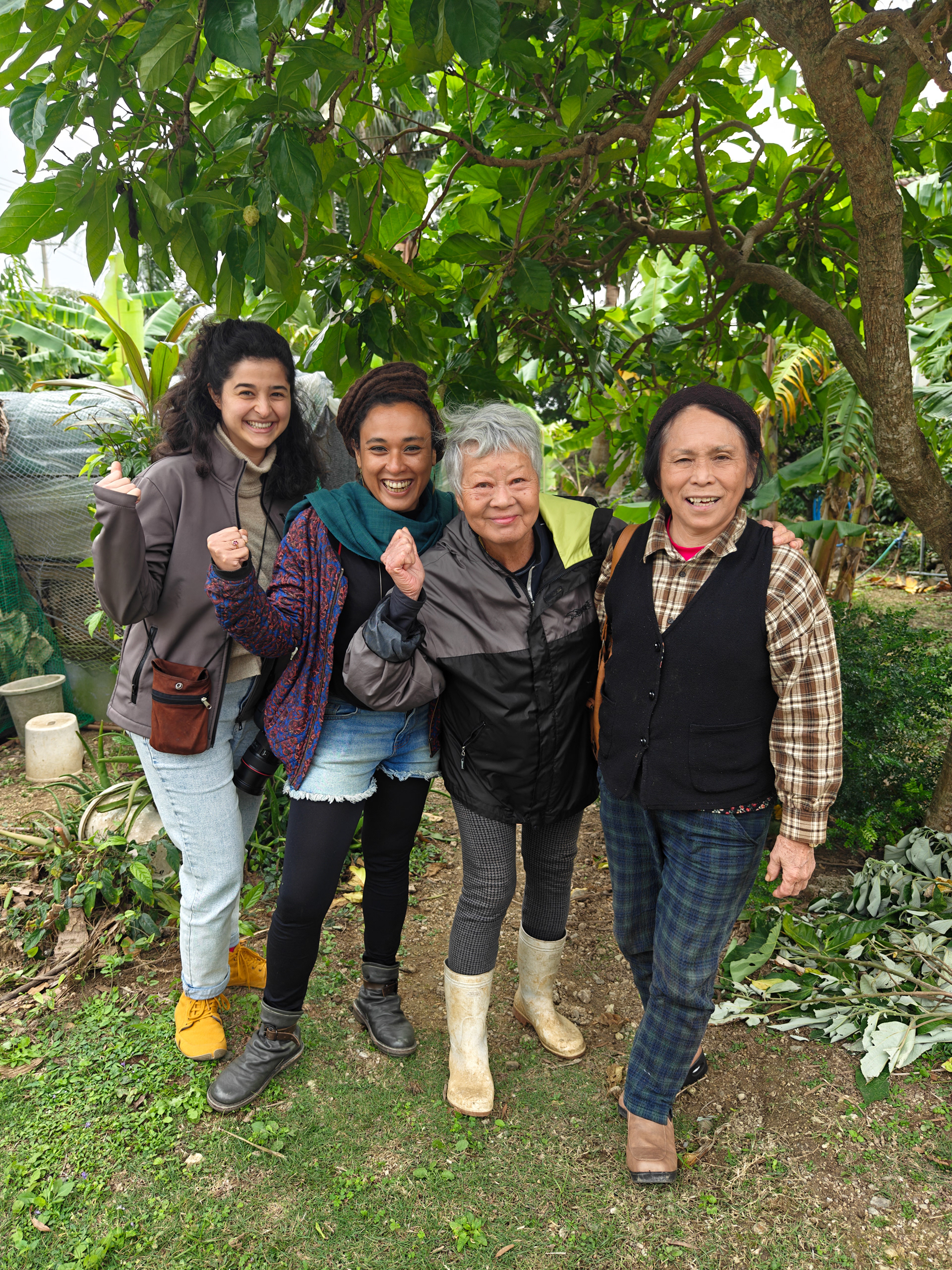
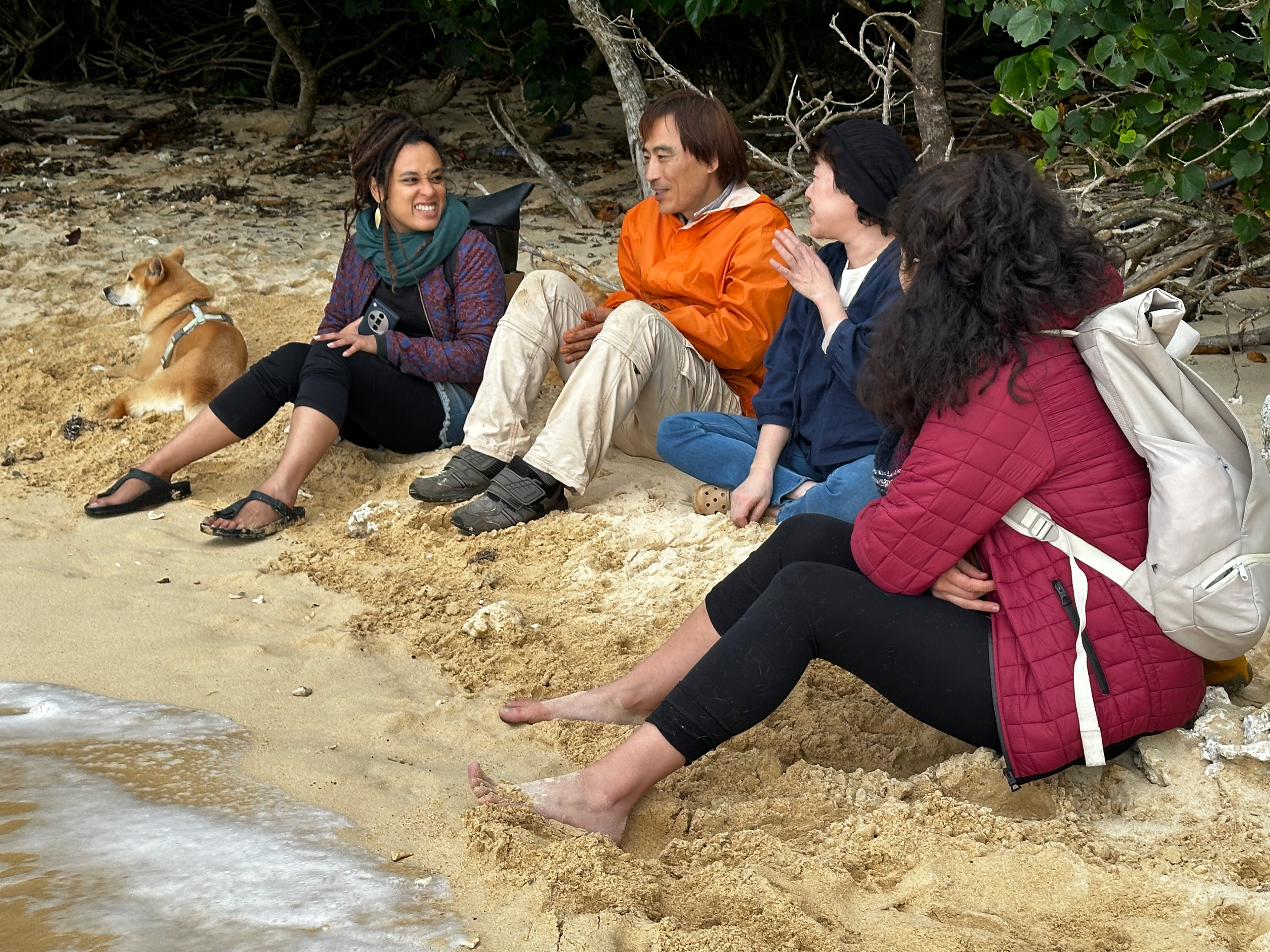
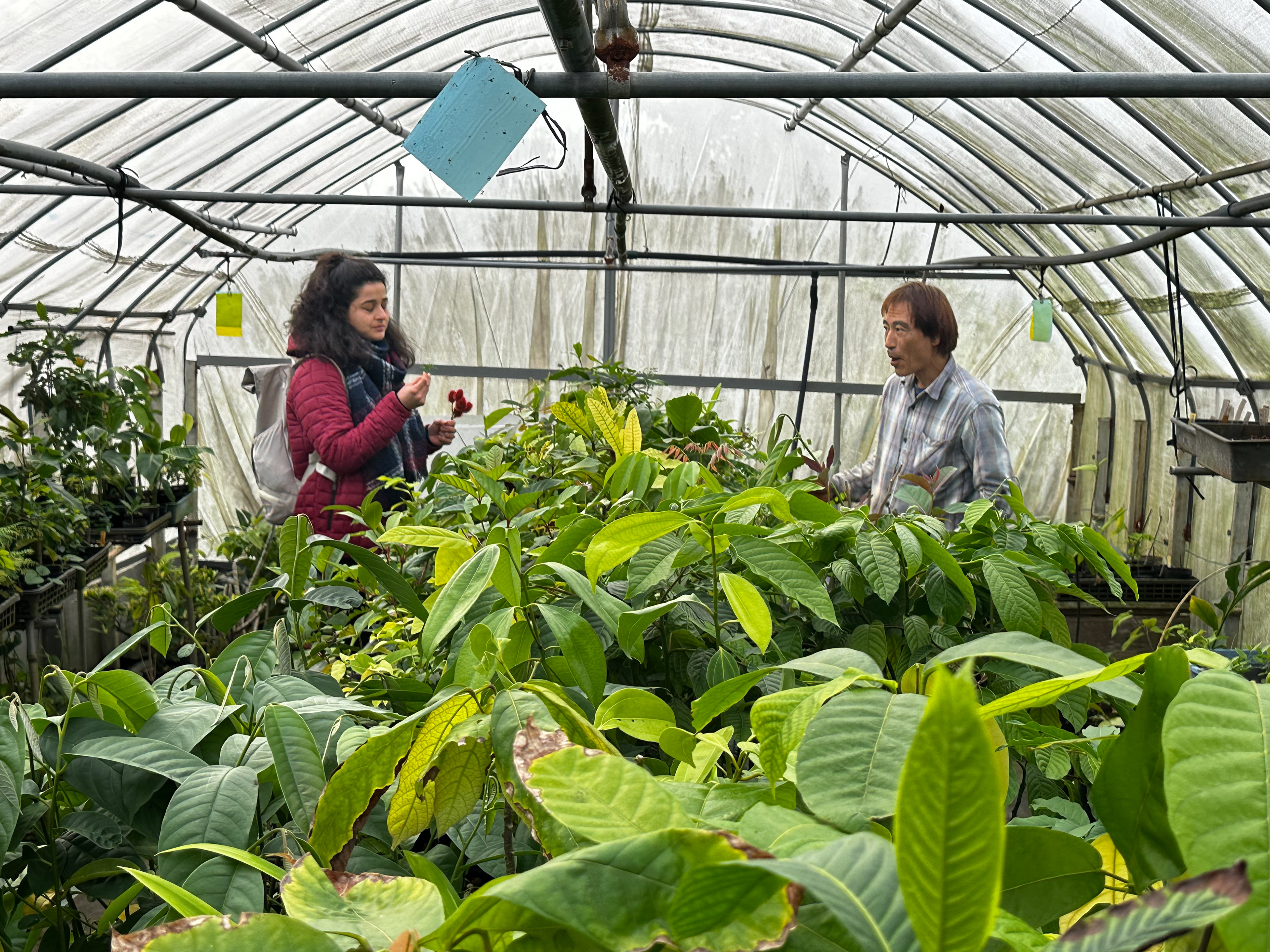
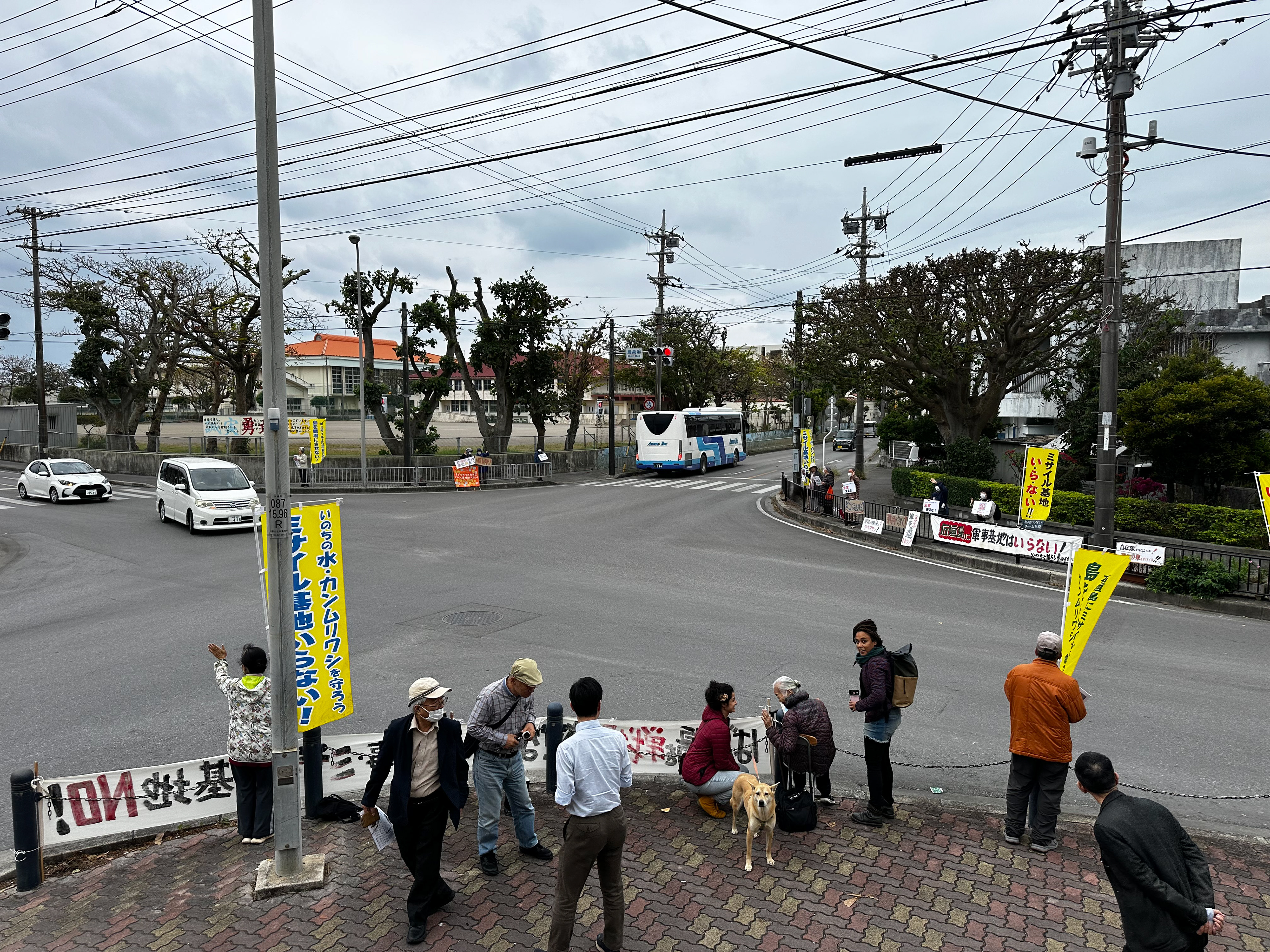
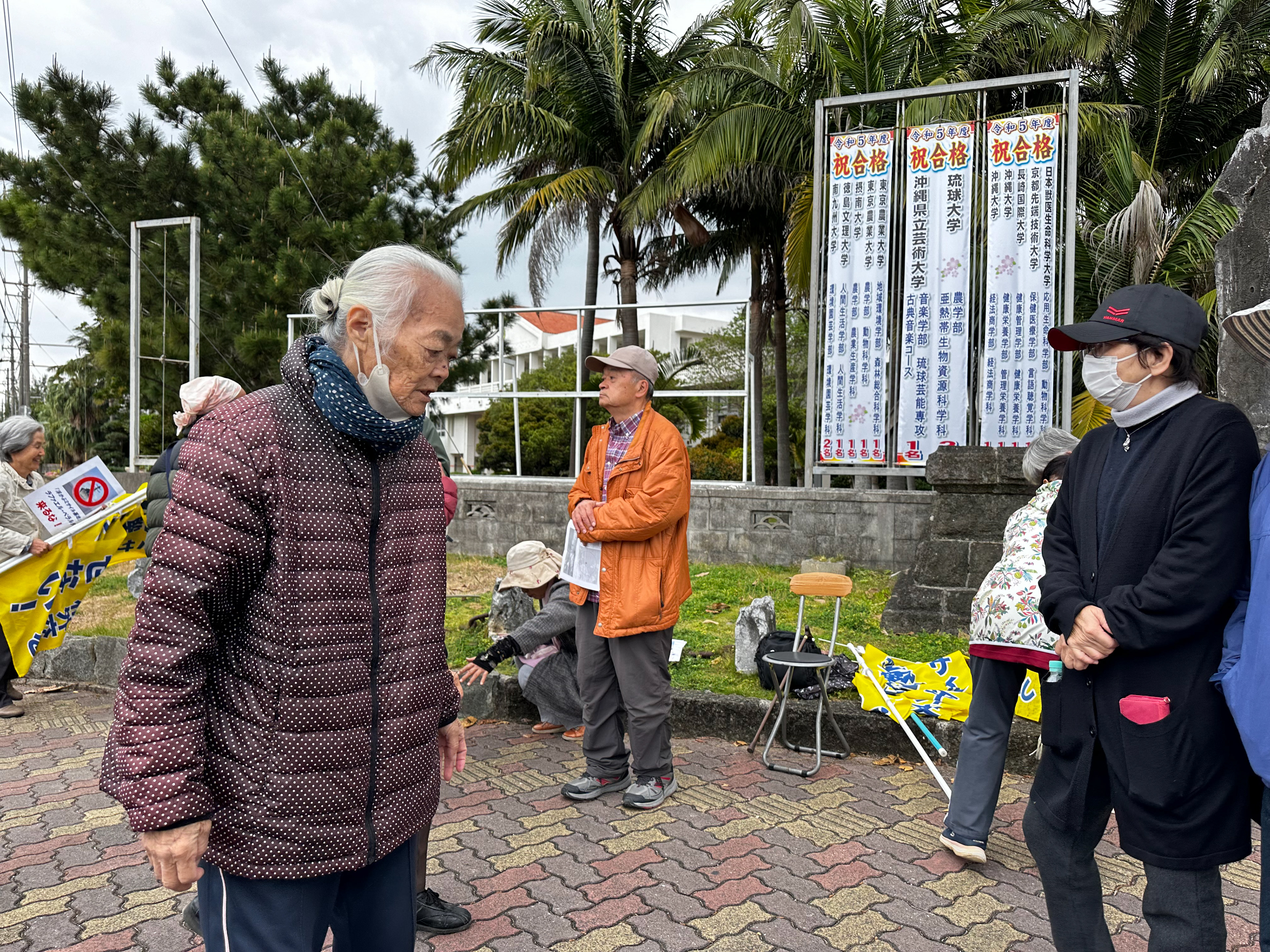
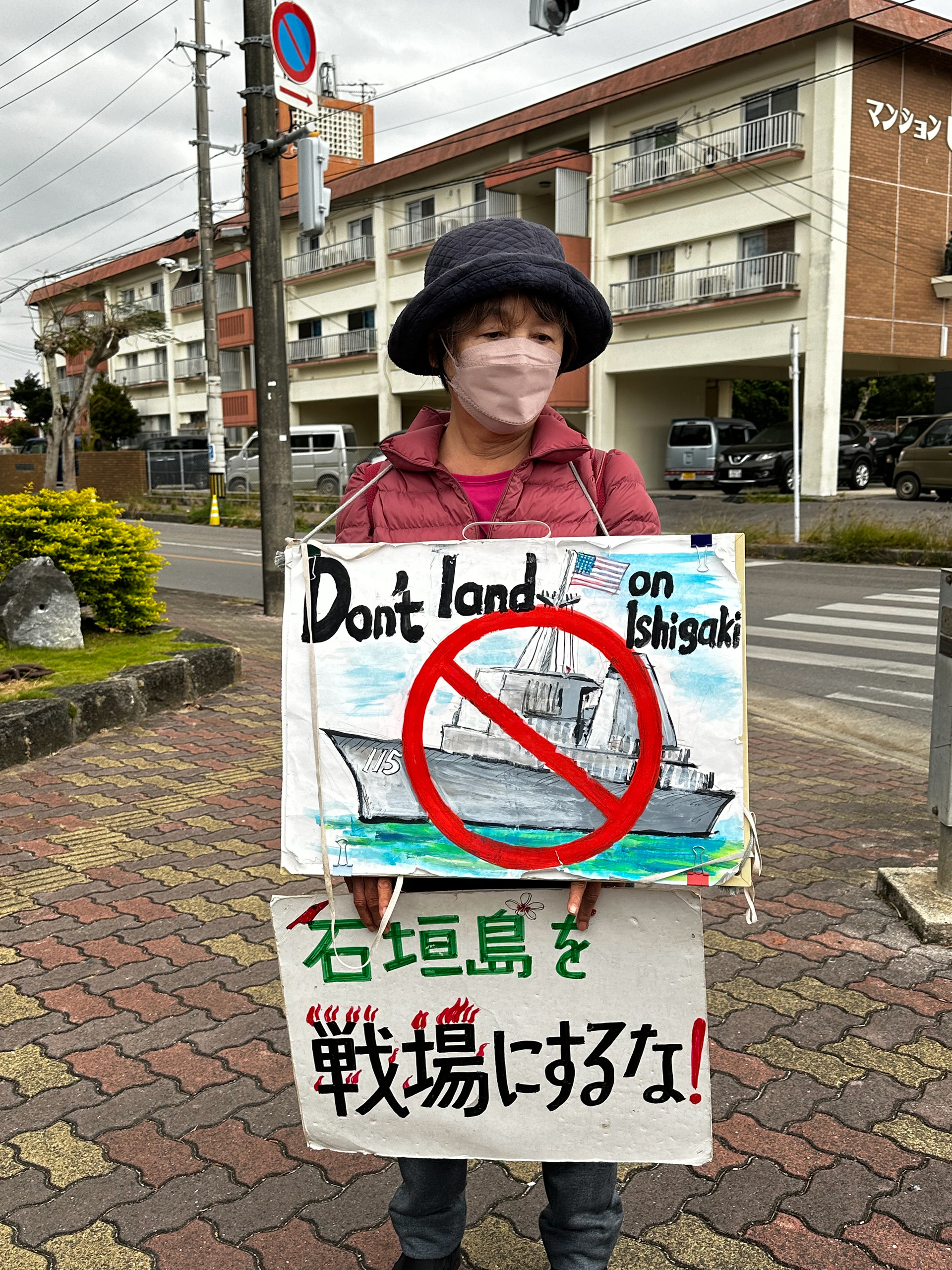
Conversations with locals. Photos 1 to 6 by Madhumita Nandi & Photos 7 to 12 Valerie Portefaix
Our research encompassed terrestrial flora and marine resources, studies of both indigenous and non-indigenous plants, as well as traditional seaweed foraging/farming and microalgae cultivation in tandem with local’s personal stories pertaining to the land. Through our engagements with local communities, we aimed to deepen the comprehension of contemporary and time-honored agricultural practices. Grounded in active listening, our methodology incorporated sound, storytelling, and visual imagery to interpret embodied practices, while immersion in the natural environment and interaction with locals allowed us to attune to the rhythms and narratives of the land.
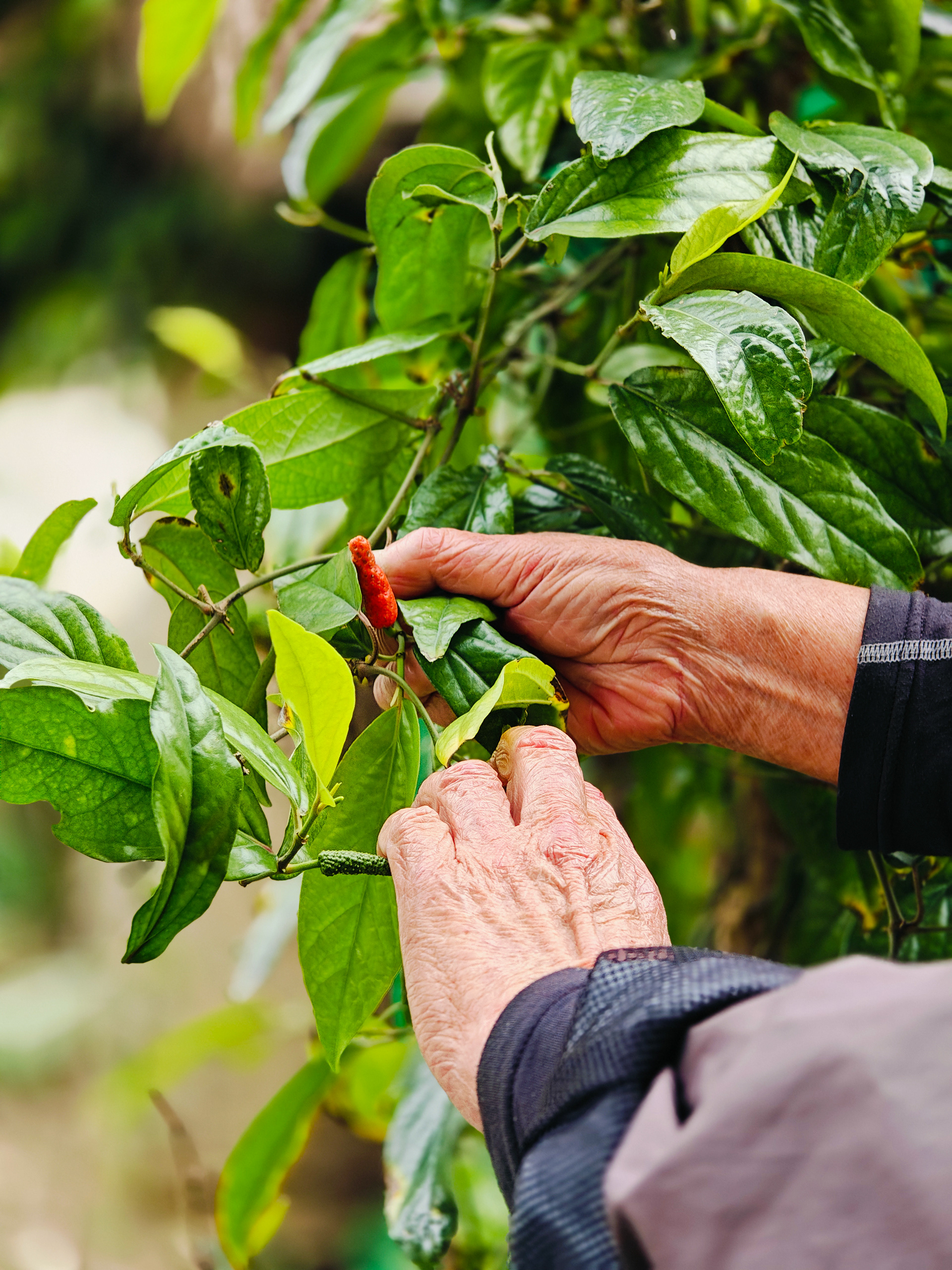
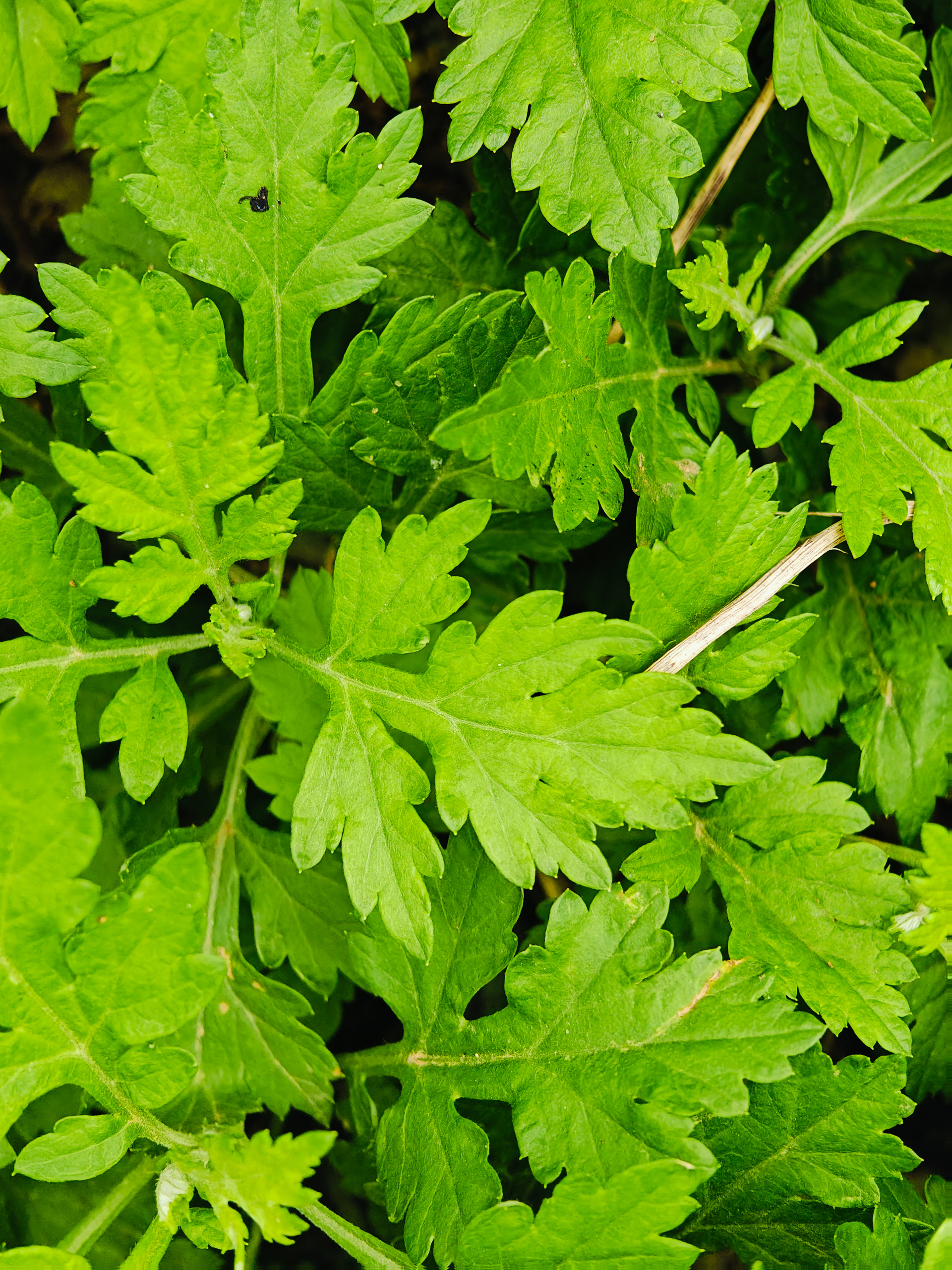
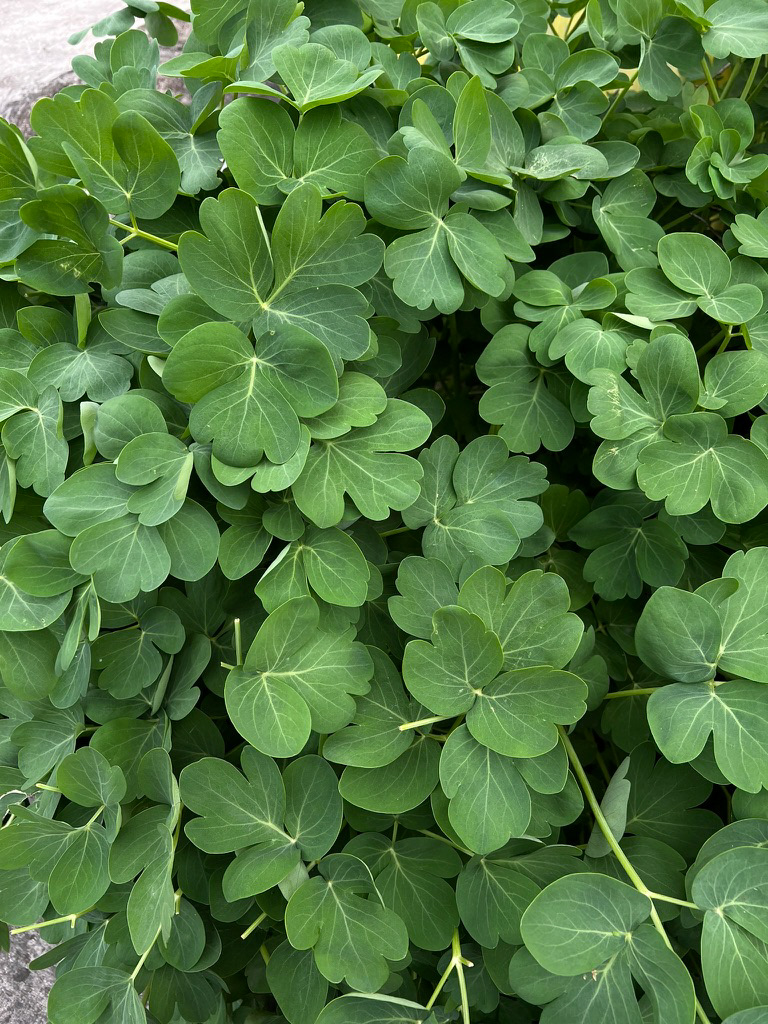
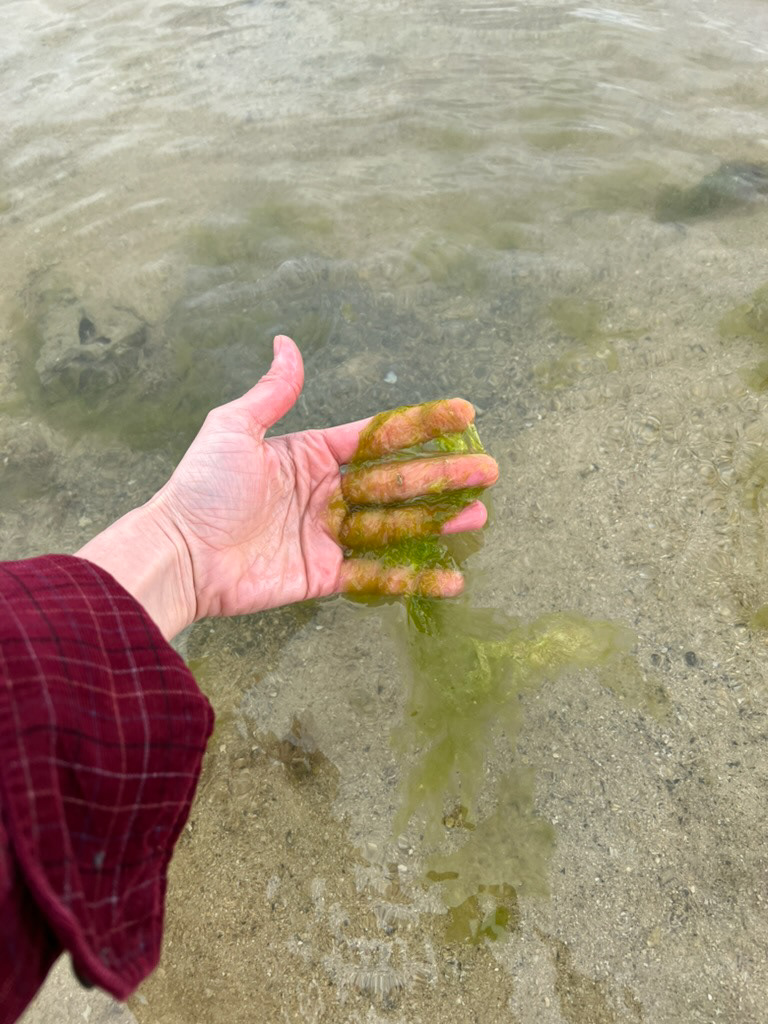
Local flora & seaweed, in order: Long pepper (Piper longum), Yomogi (Artemisa princeps). Photos by Madhumita Nandi —Chomeiso (Peucedanum japonicum), Asa (Ulva - aka. sea lettuce). Photos by Zeren Oruc
While exploring the coastlines, we encountered large amounts of debris washed ashore from various parts of the world. Among the garbage, we collected items like fishing nets and plastic bottles, repurposing them into a small installation where people could continue to gather and share their memories, stories, and wishes for the island and beyond. This piece became a living repository, inviting the community to reflect on their connection to the land and sea, while also acknowledging the environmental challenges that transcend borders.
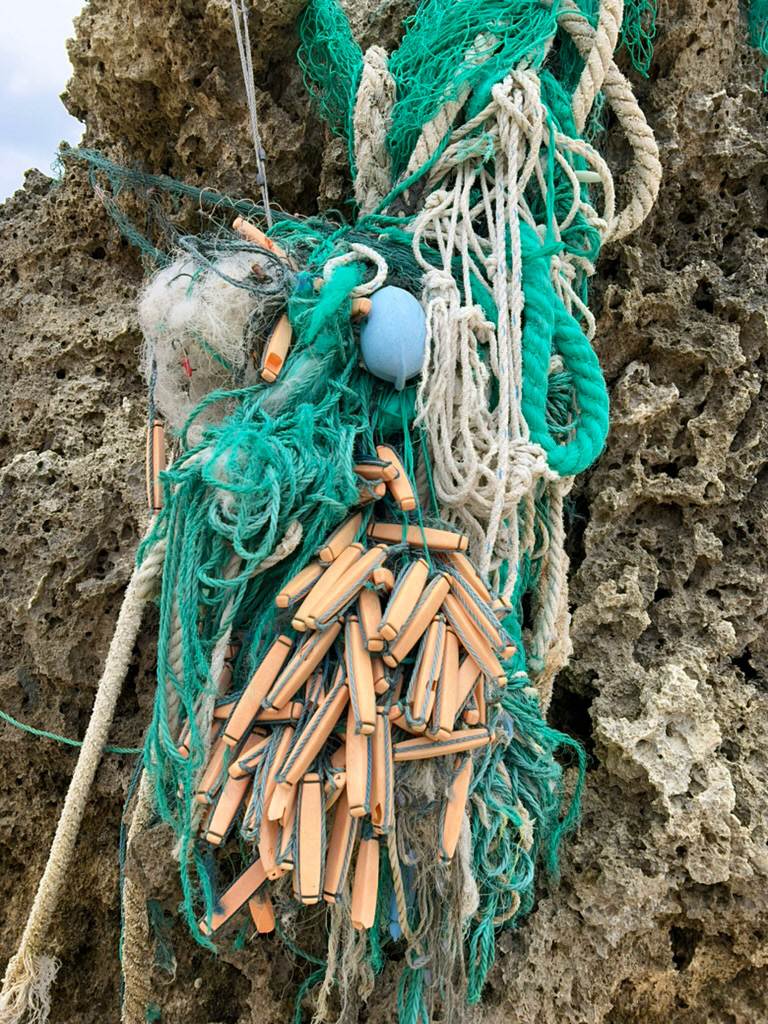
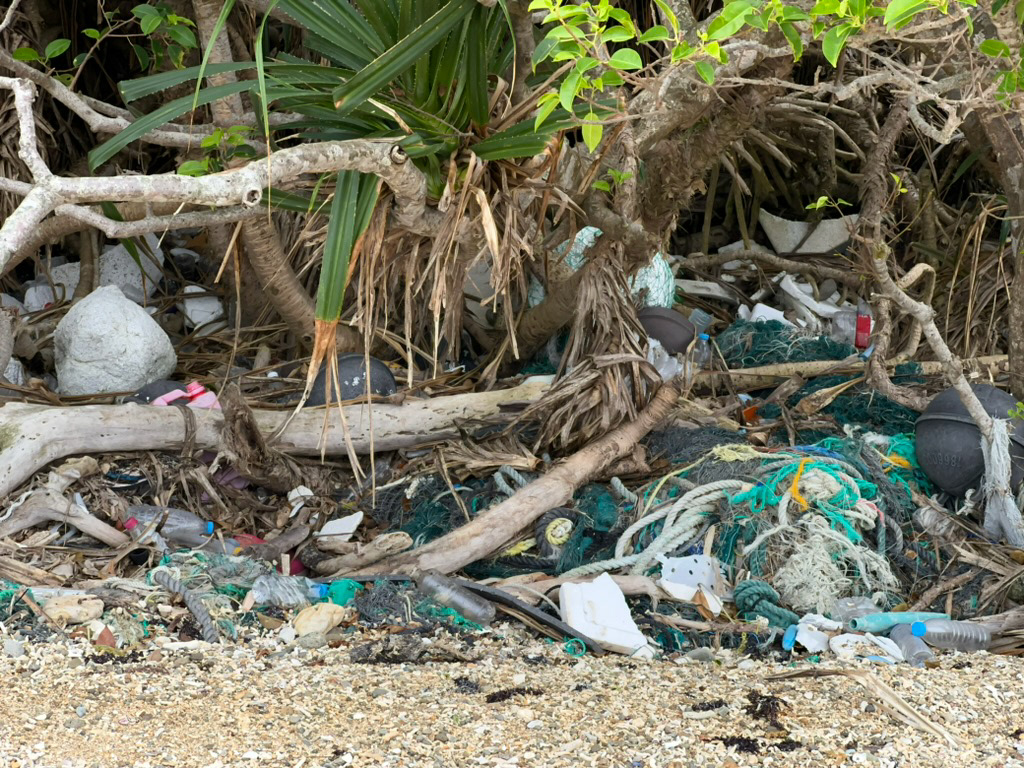
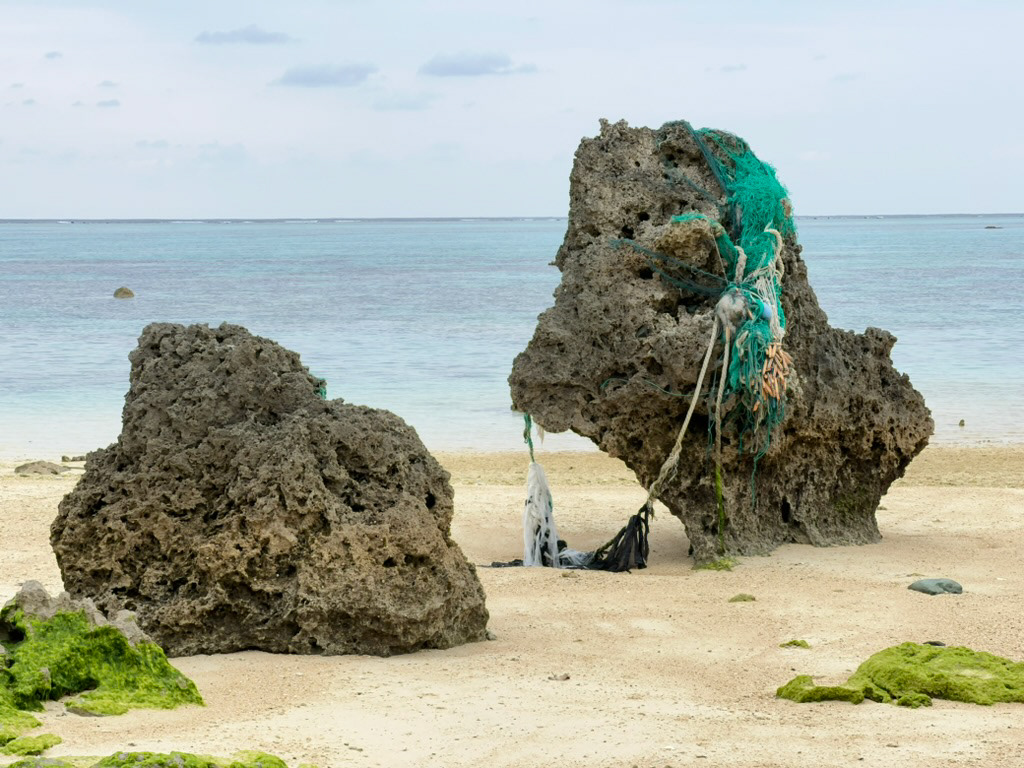
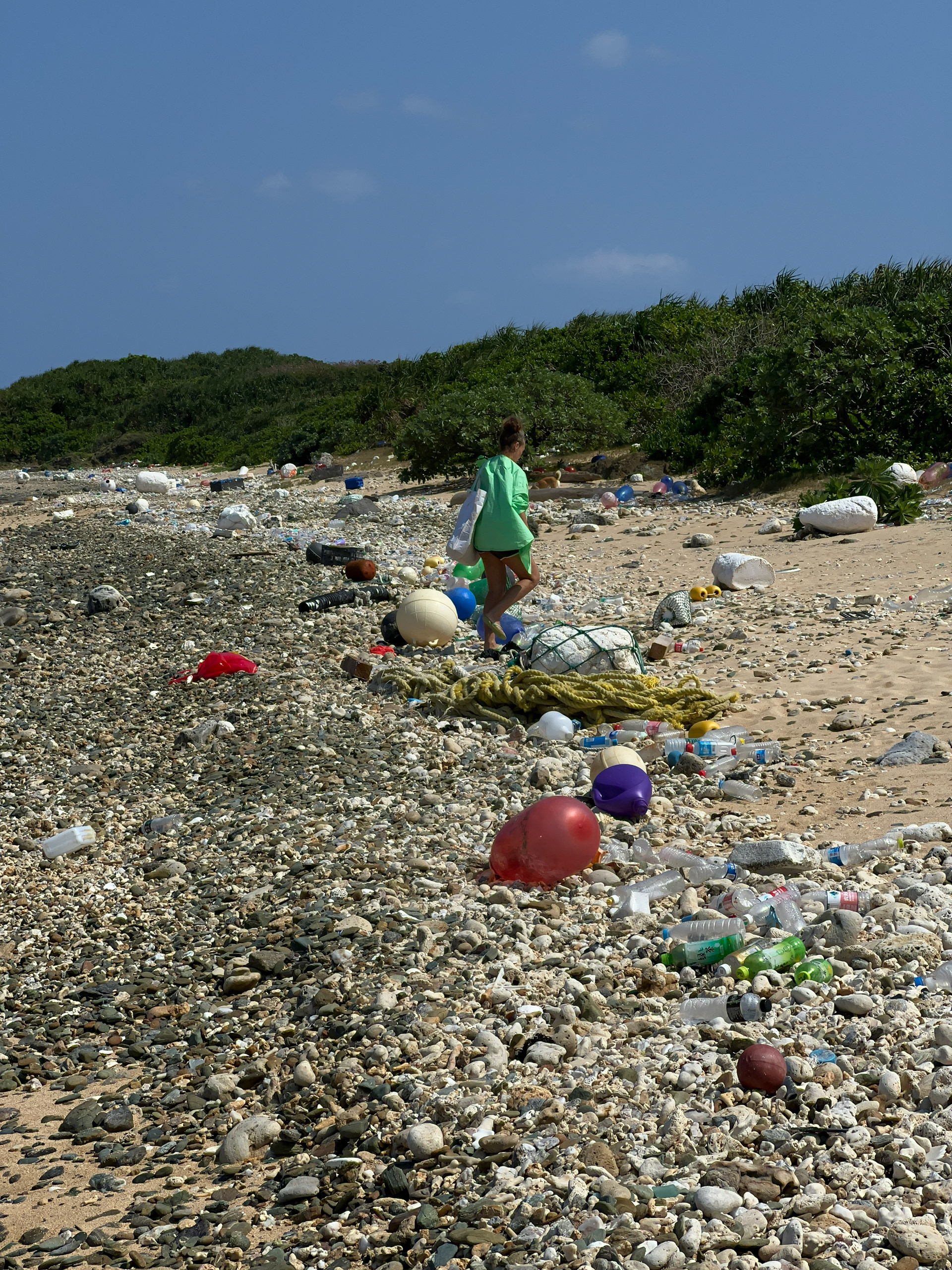
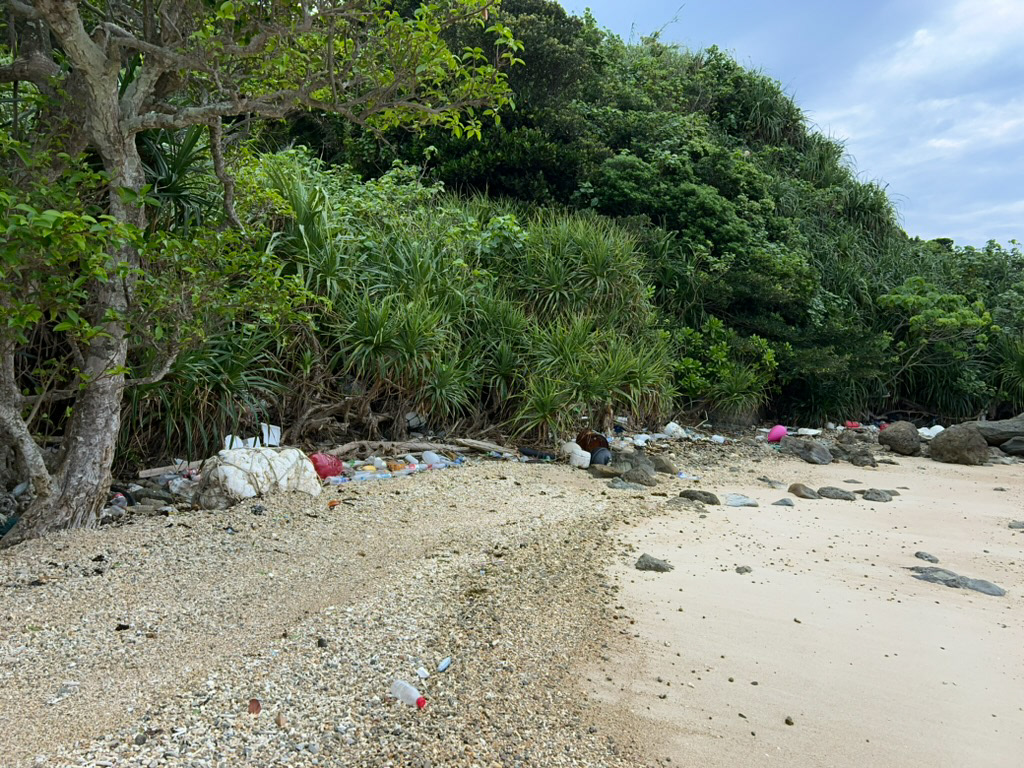
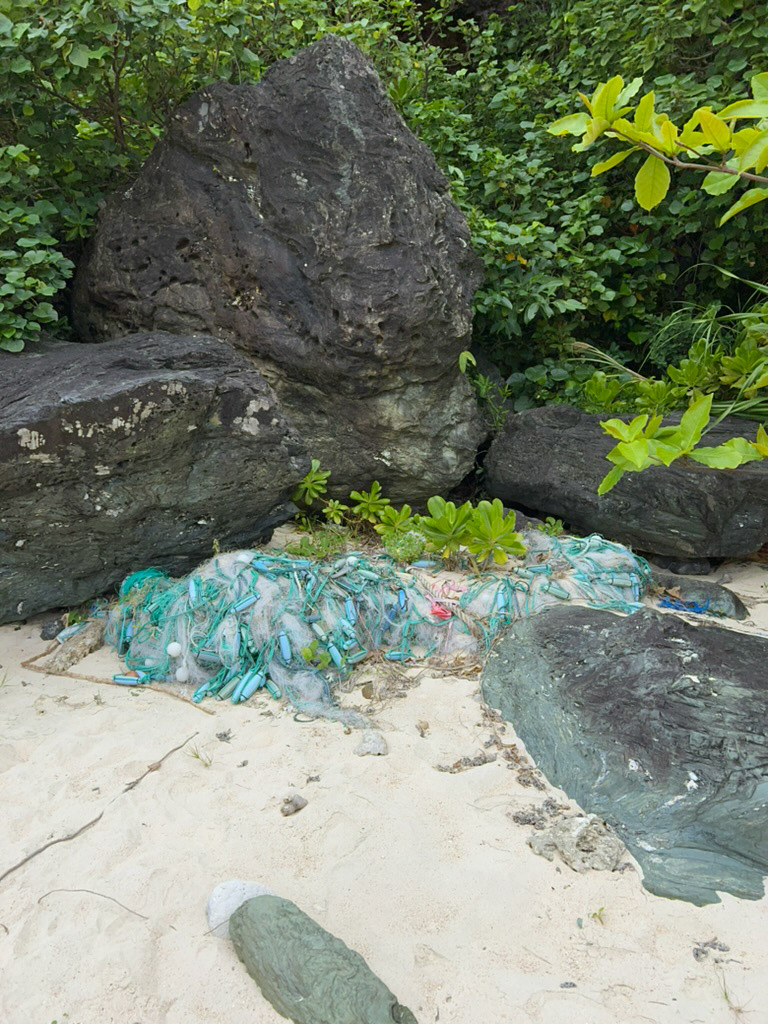
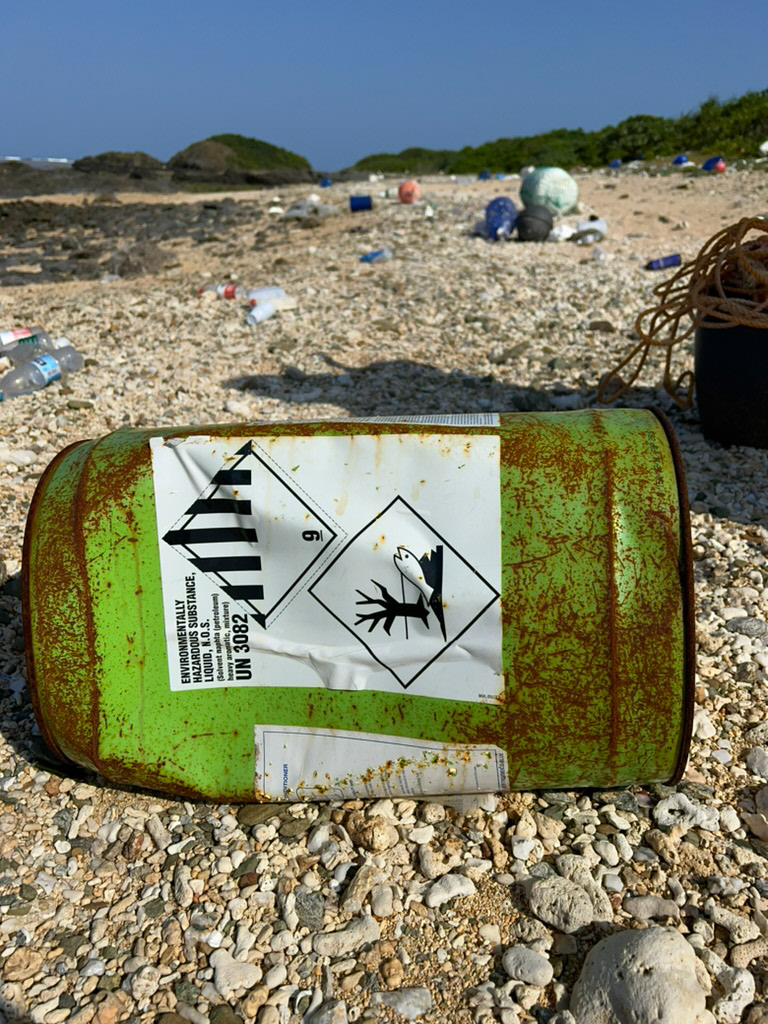
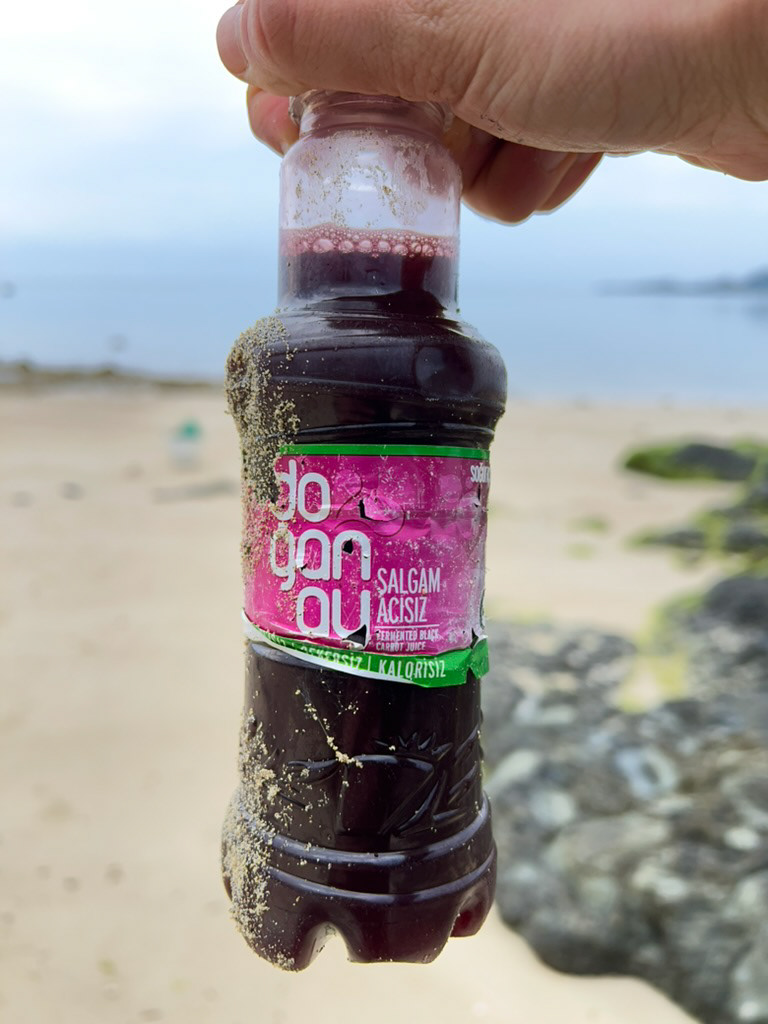
Global waste washes up on the shores of Ishigaki. Photos by Zeren Oruc
At the end of our two-week residency, after meeting and learning from the many people of Ishigaki, we concluded with a community event. This gathering allowed us to share our own practices, insights, and reflections on the land and the connections we had built. It became a space for exchange, where the community and we could come together to discuss the knowledge and experiences gained throughout the residency, deepening our collective understanding of sustainable practices and our relationship with the land.
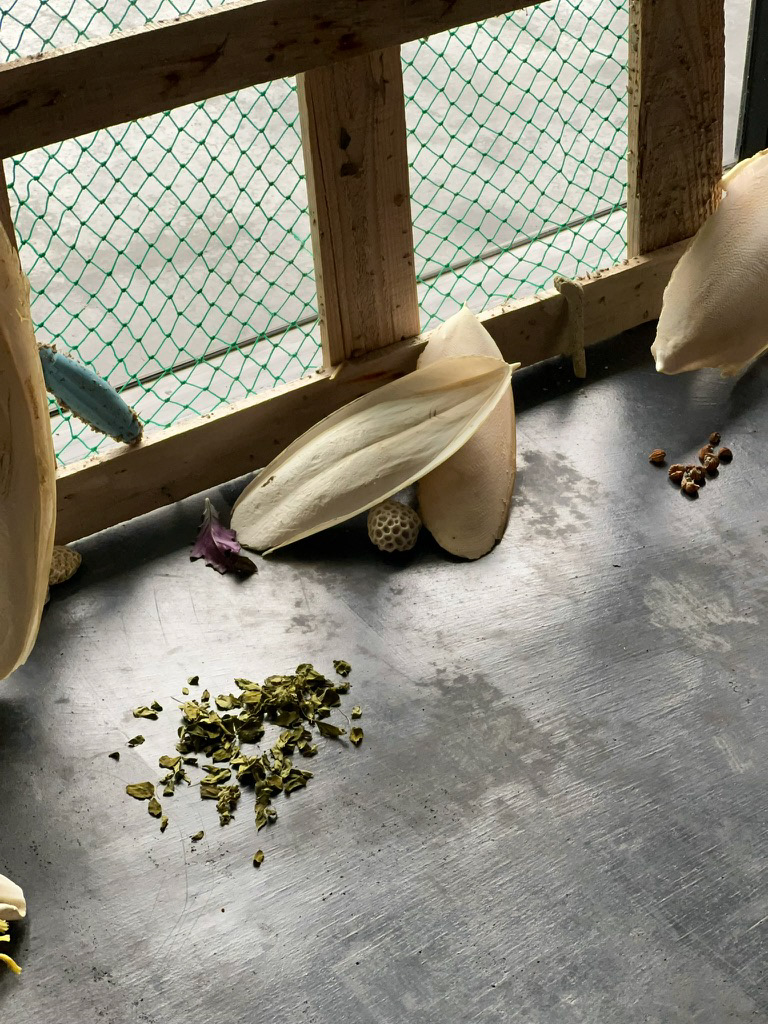
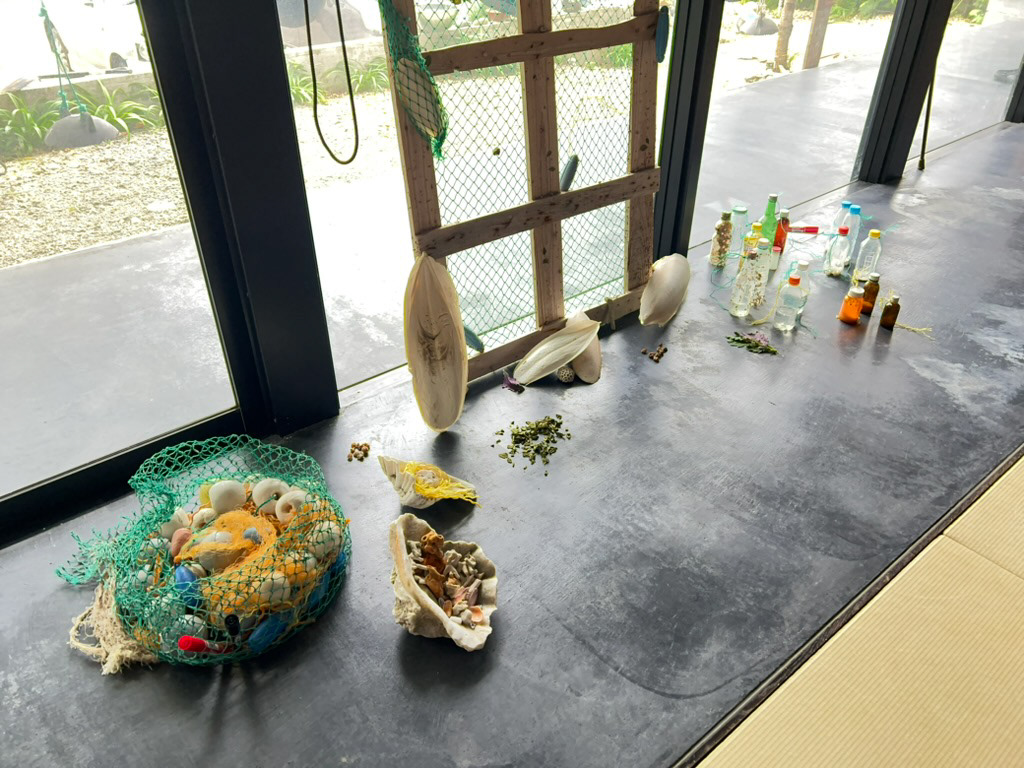
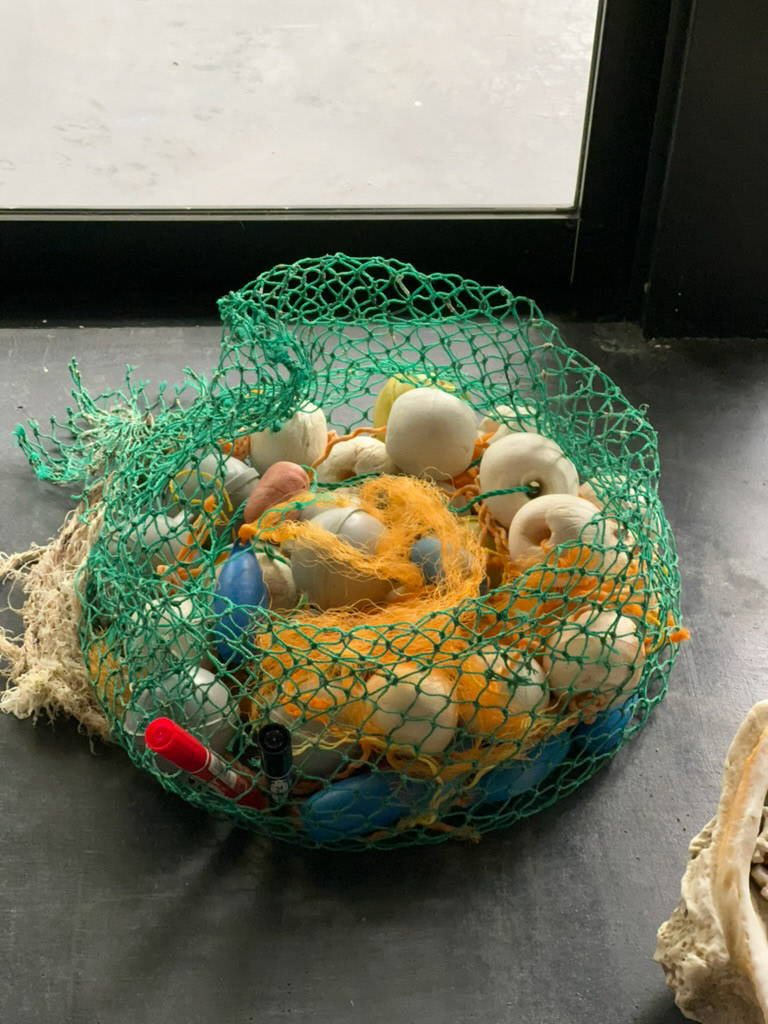
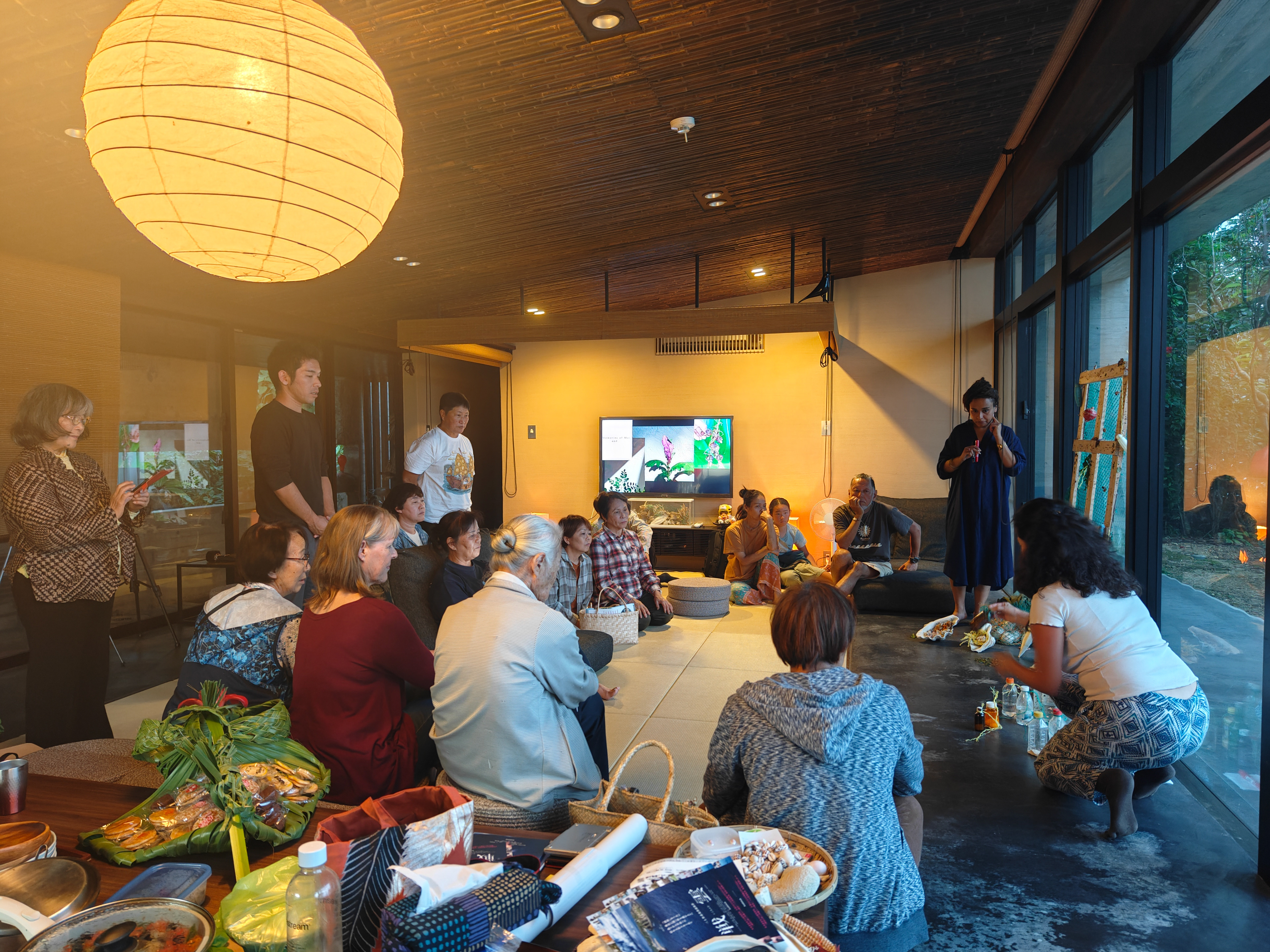
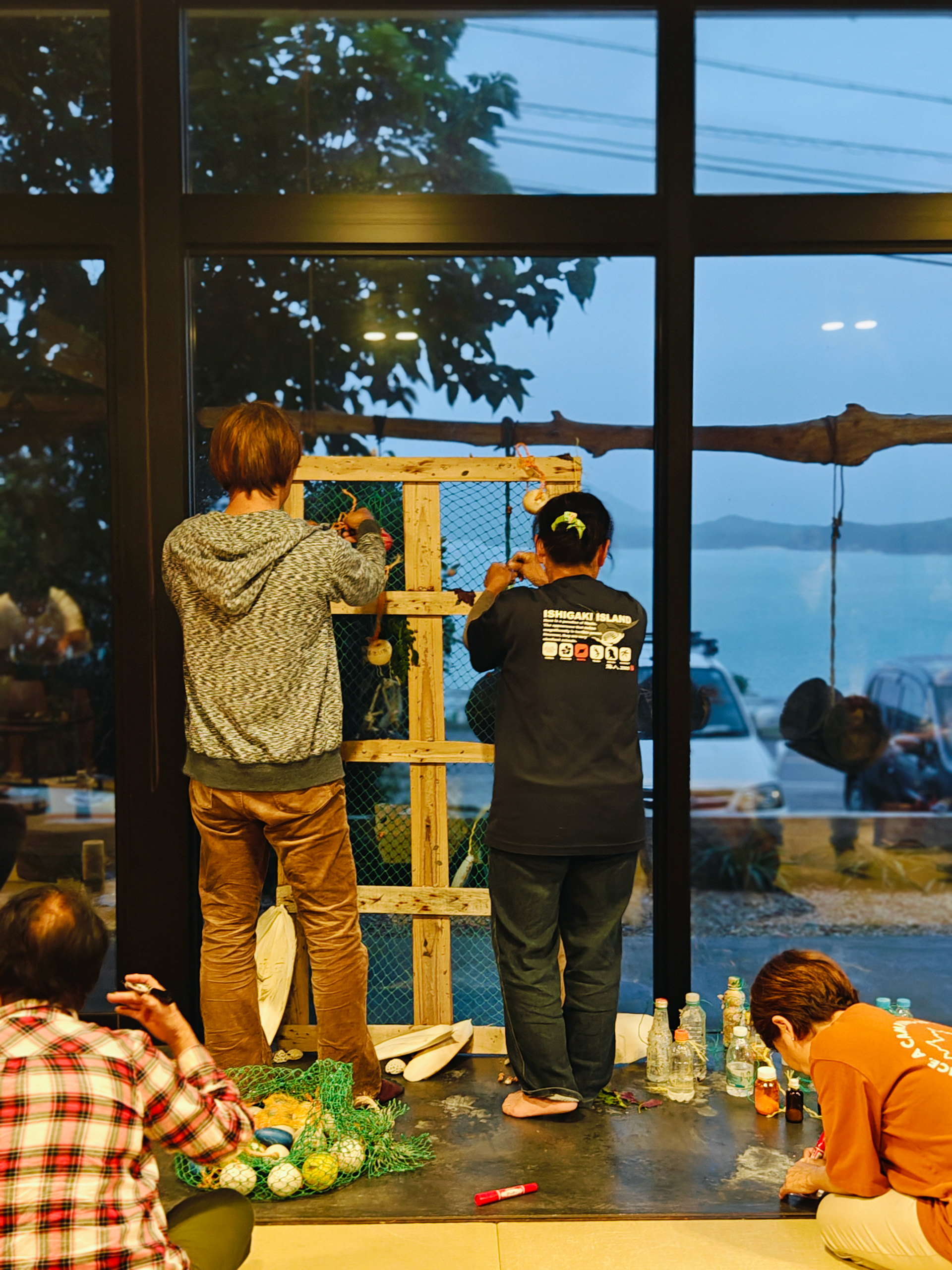
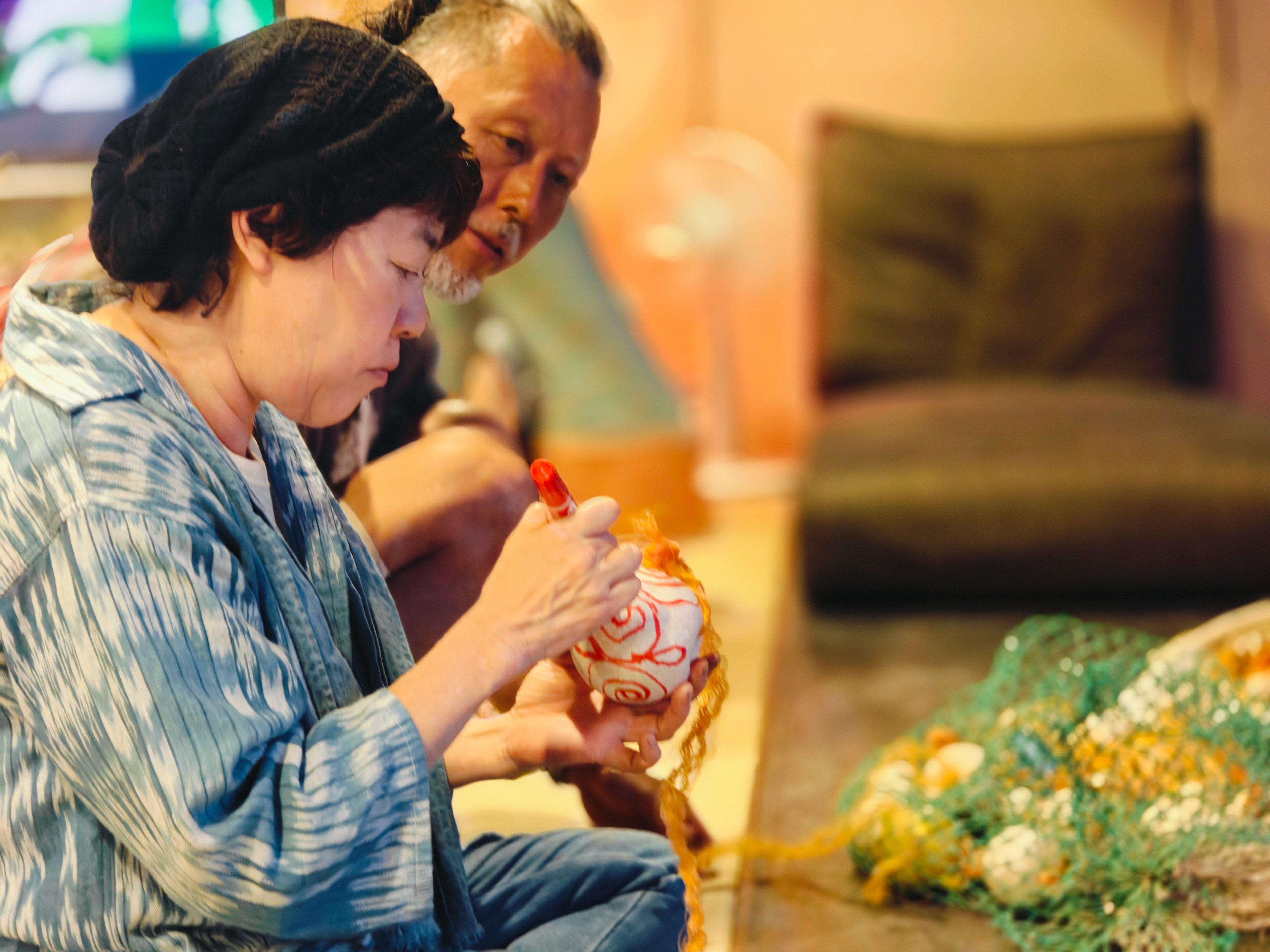
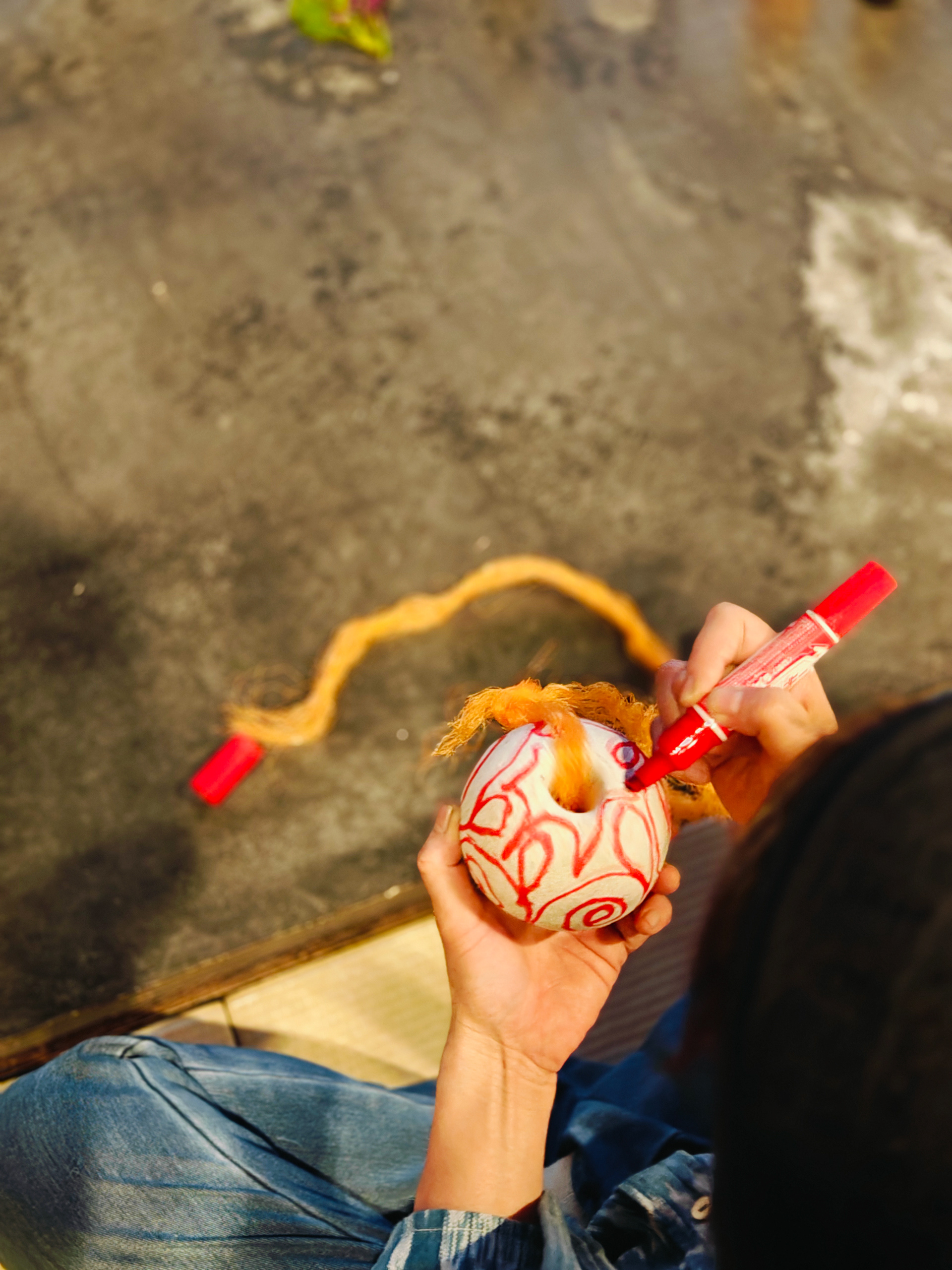

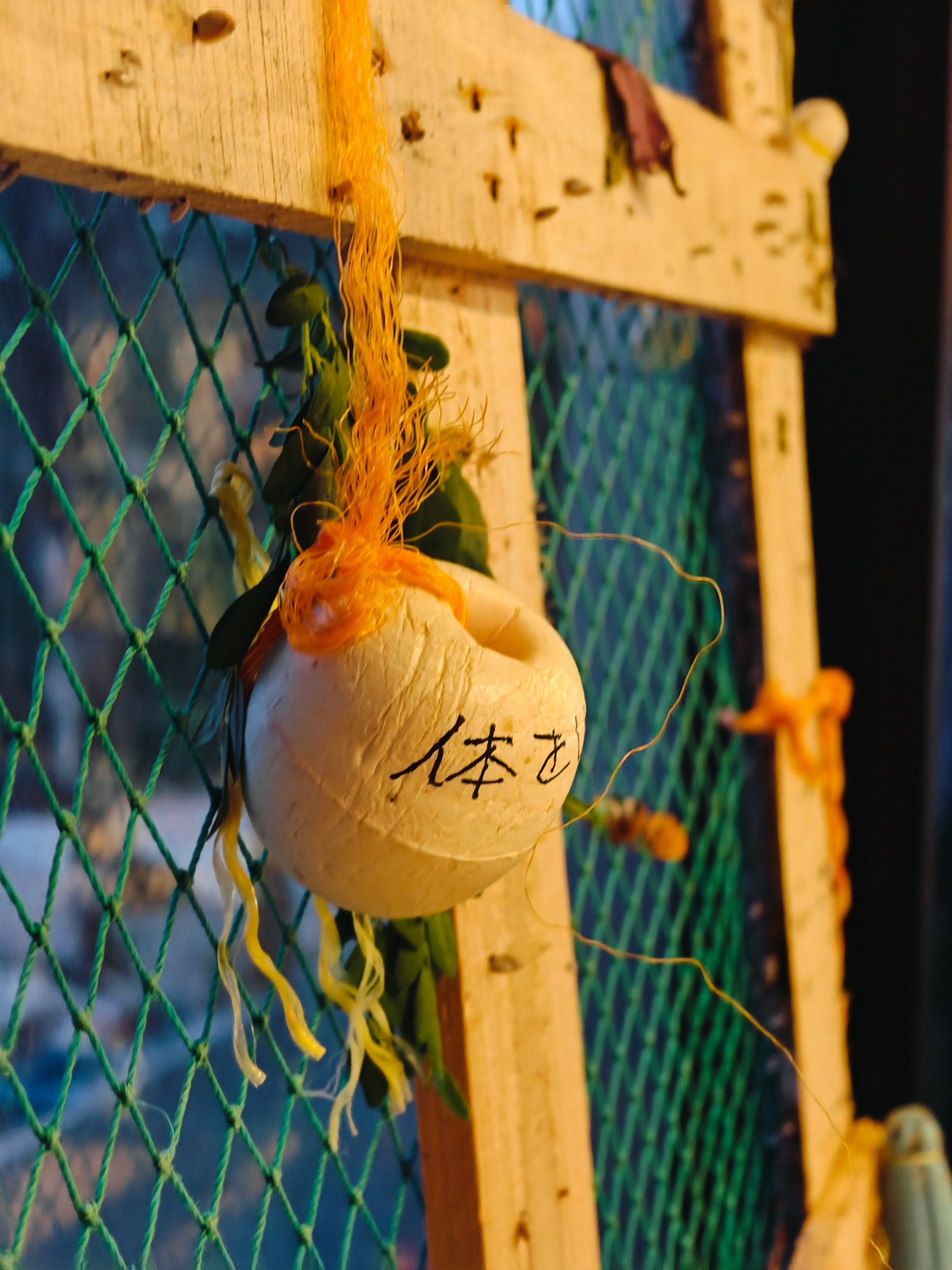
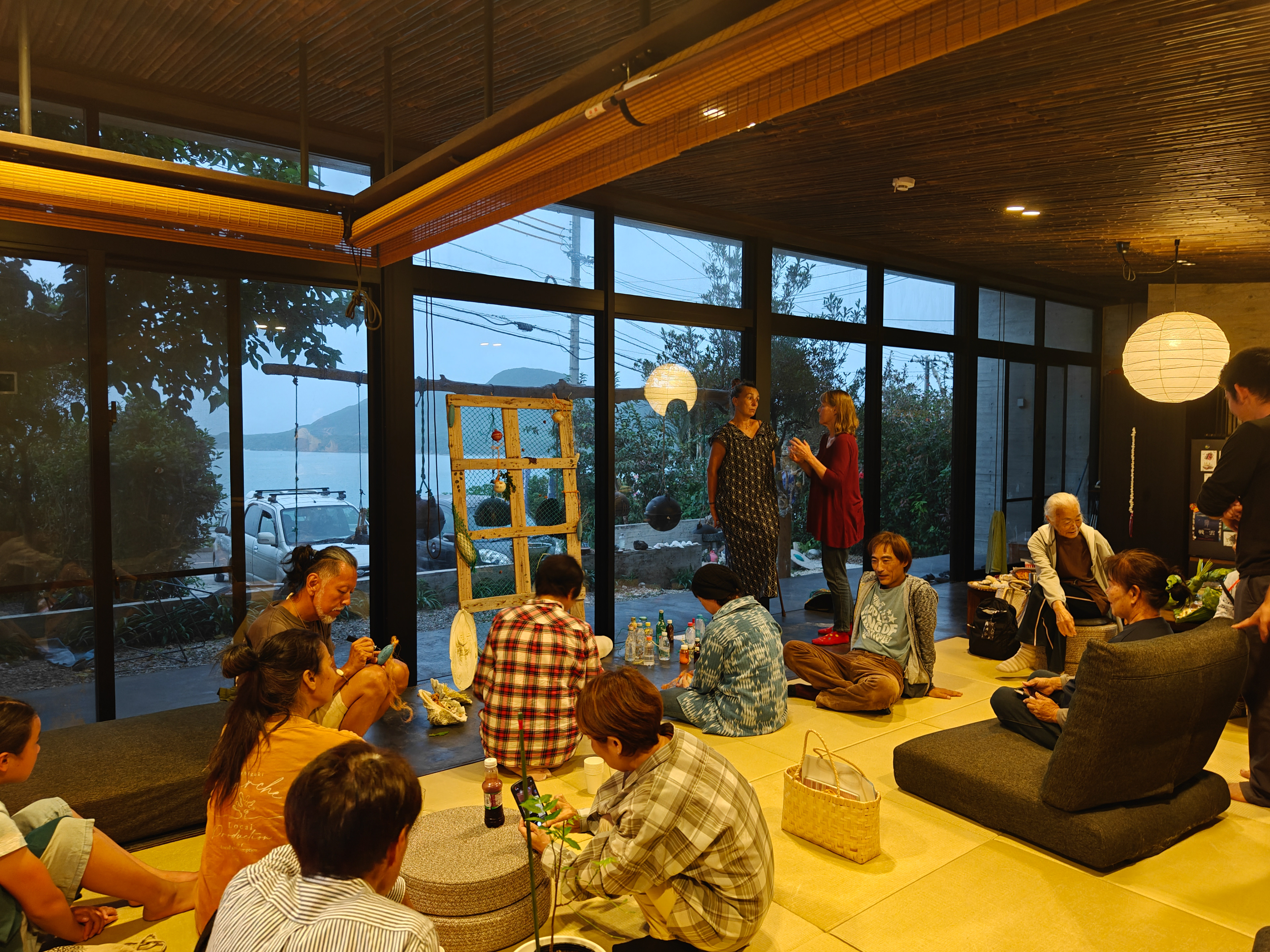

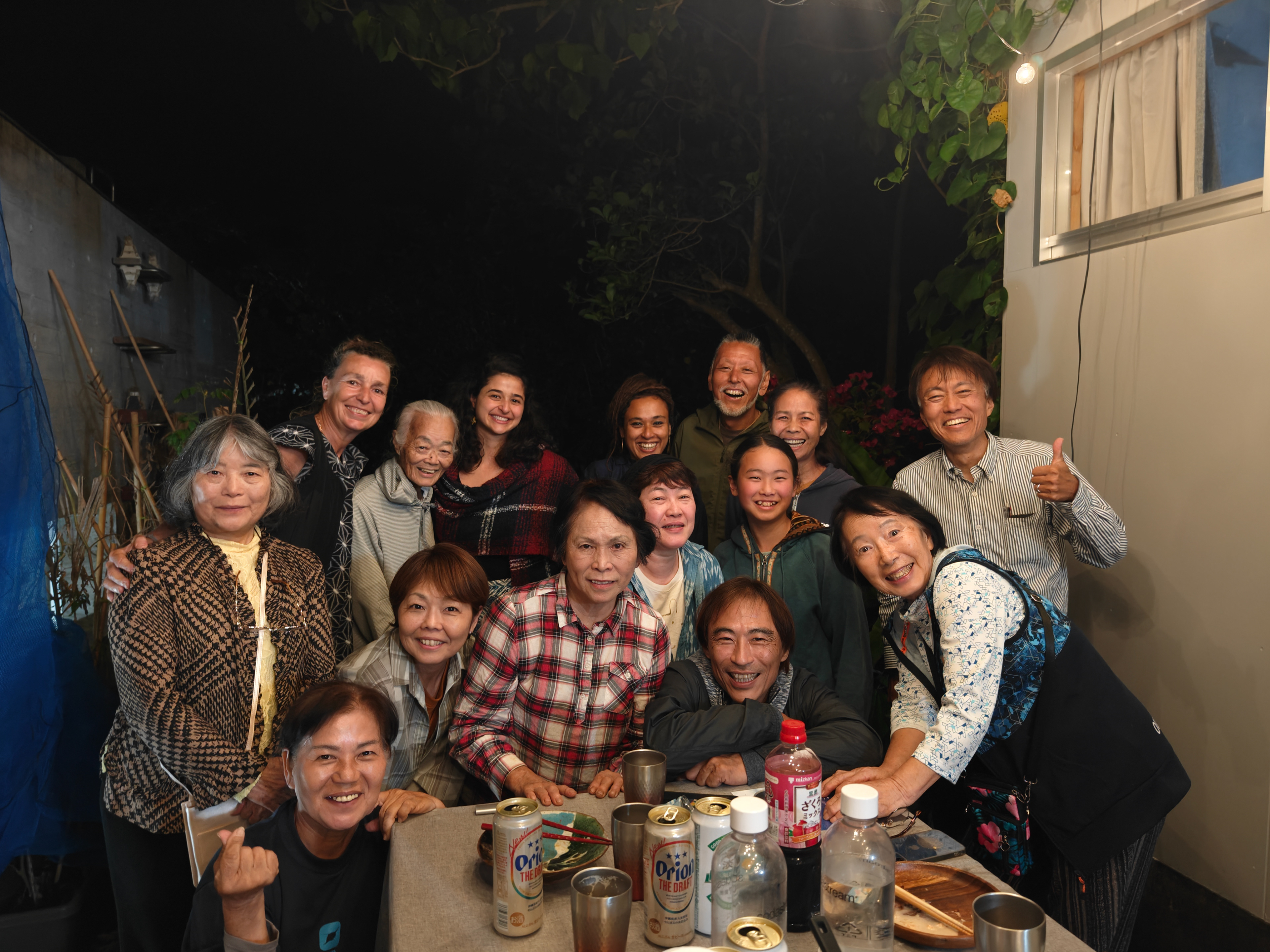
Closing event. Photos 1 to 3 by Zeren Oruc, photos 4 to 8 by Madhumita Nandi, photo 9 by Manami Fujita.
The residency supported by Oyoun Kultur NeuDenken and Ma Umi Residencies, hosted by Valerie Portefaix, coordinated & translated by Manami Fujita.